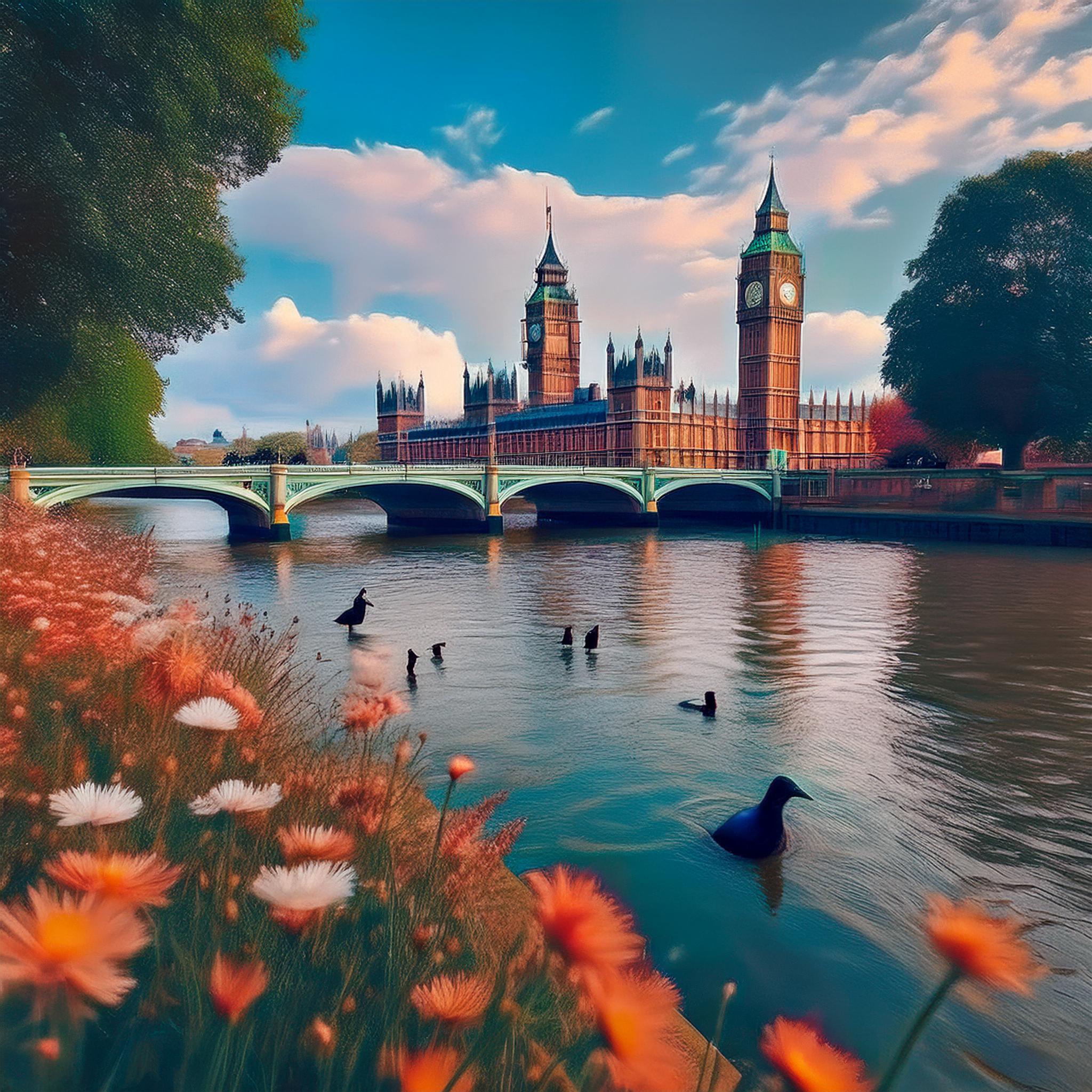
Explore the rich tapestry of wildflowers, the lively calls of grasshoppers, and the fascinating behaviours of fledgling birds. Join us for an insightful journey through the height of summer, where every corner of nature is teeming with life. Whether you're a nature enthusiast or simply curious about the seasonal changes, this article will captivate and inspire you.
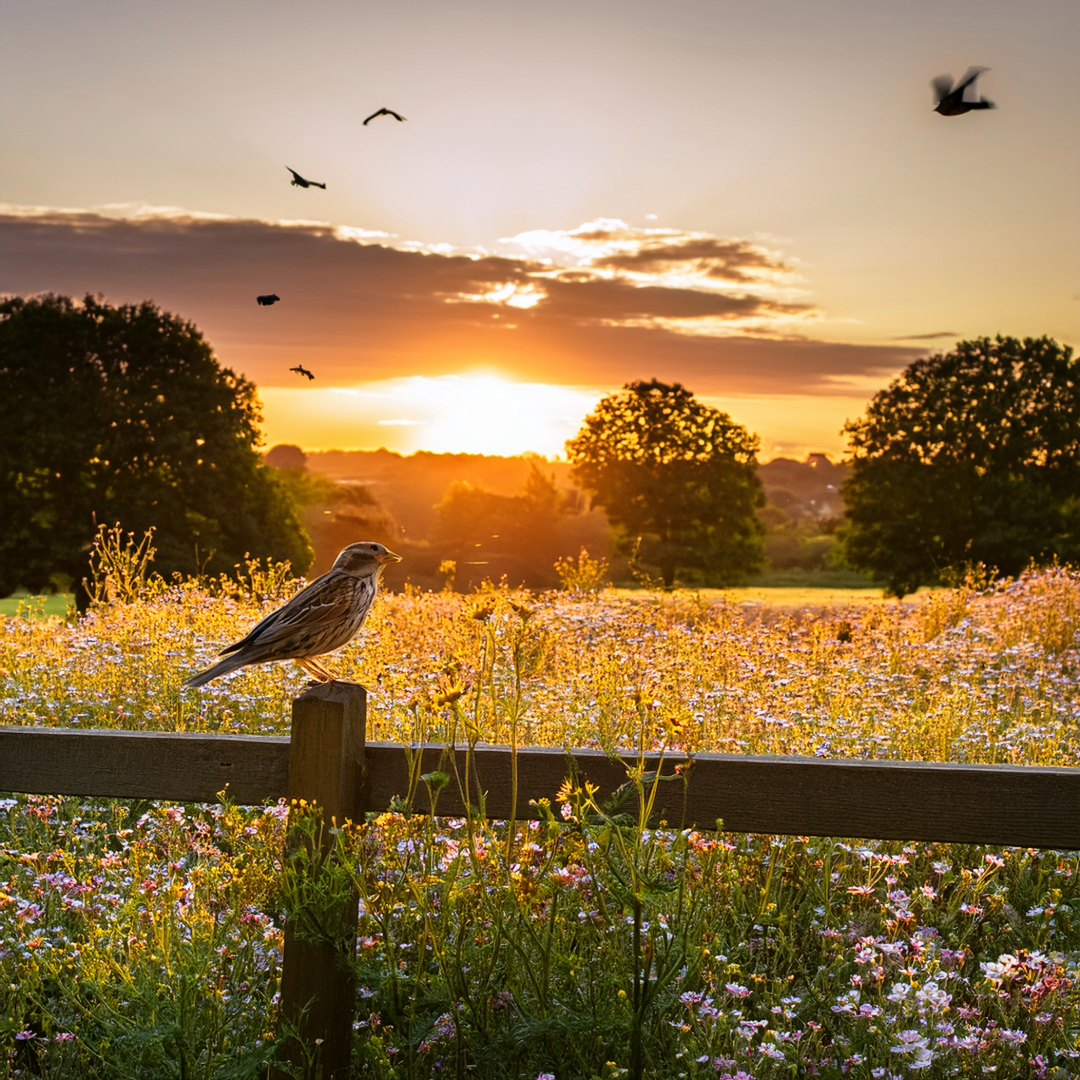
Return on 02 July to unravel the mysteries of midsummer birdsong!
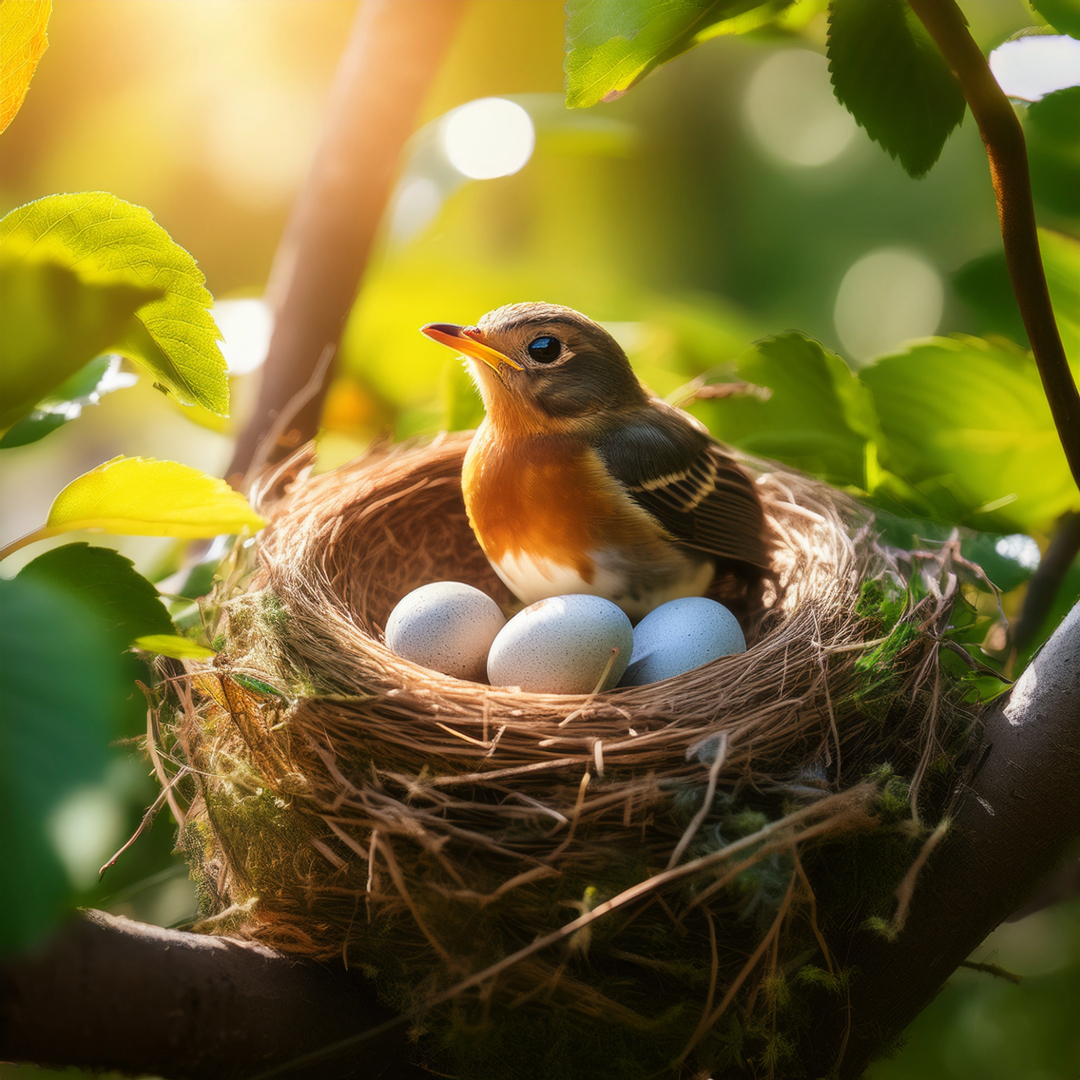
Return on 03 July to uncover the drama in London’s treetops, hedgerows, and reedbeds!
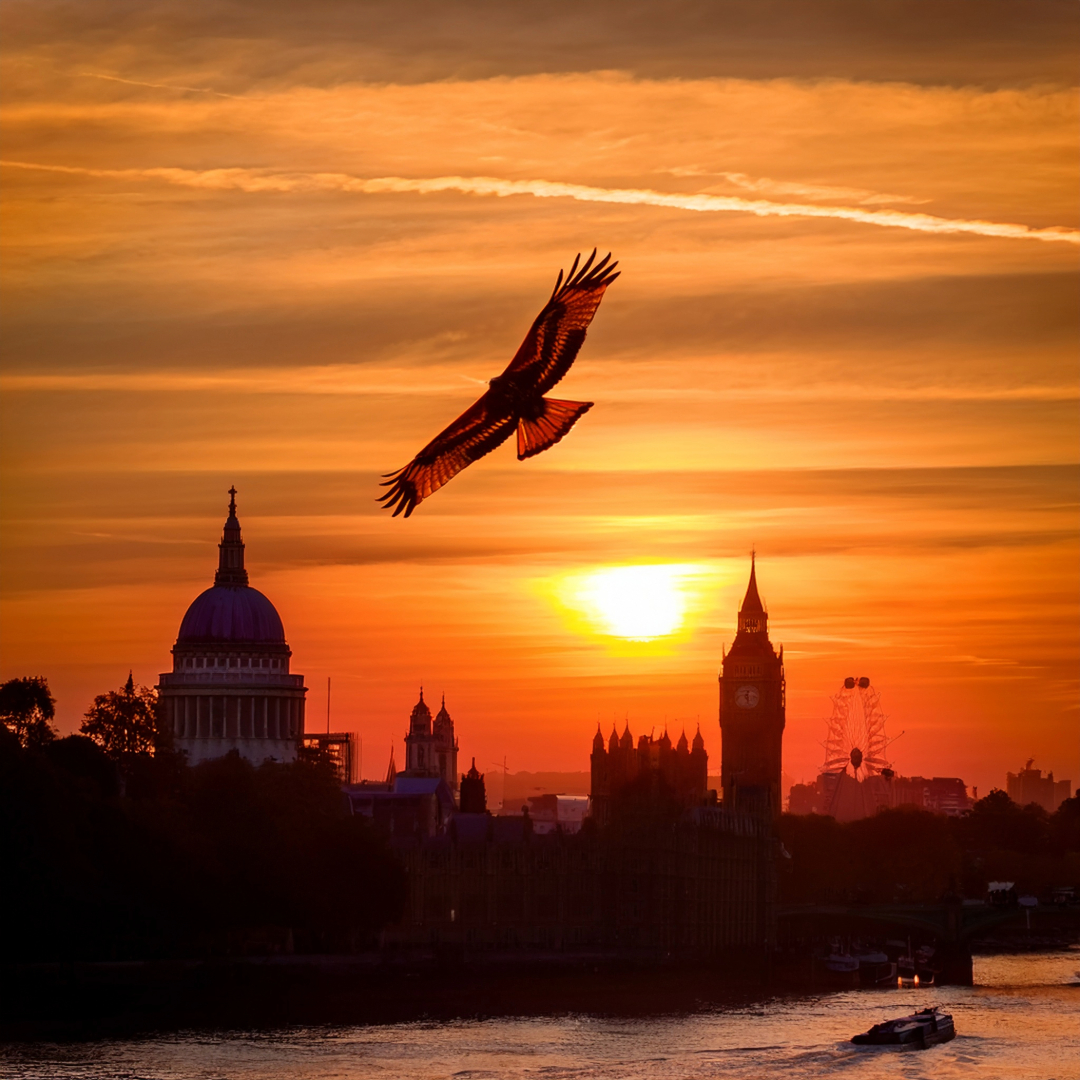
Return on 04 July to follow the flight paths of London’s most extraordinary avian visitors!

Return on 05 July to unravel the stories woven into London’s summer flora!
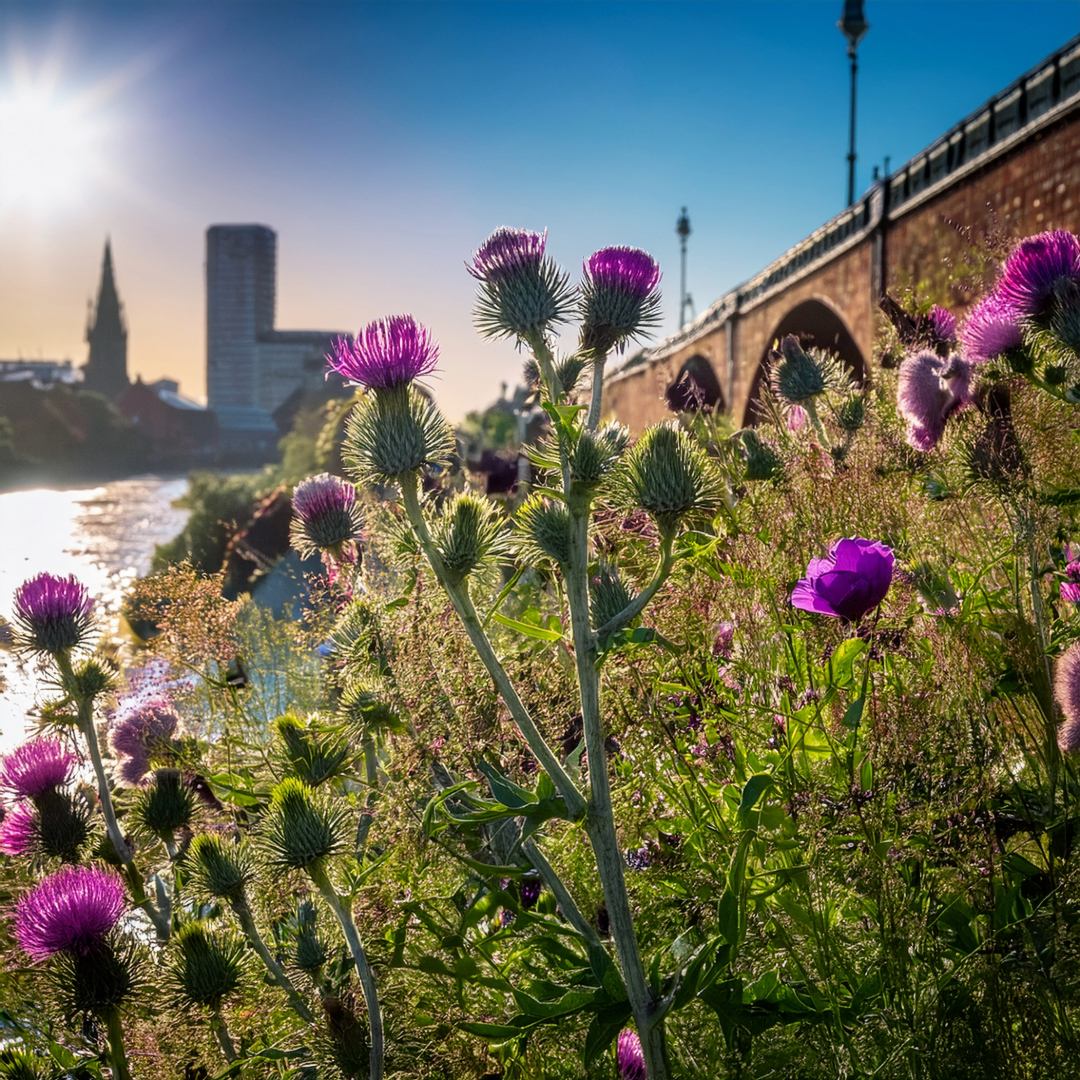
Return on 06 July to explore London’s most defiant—and delicate—summer blooms!
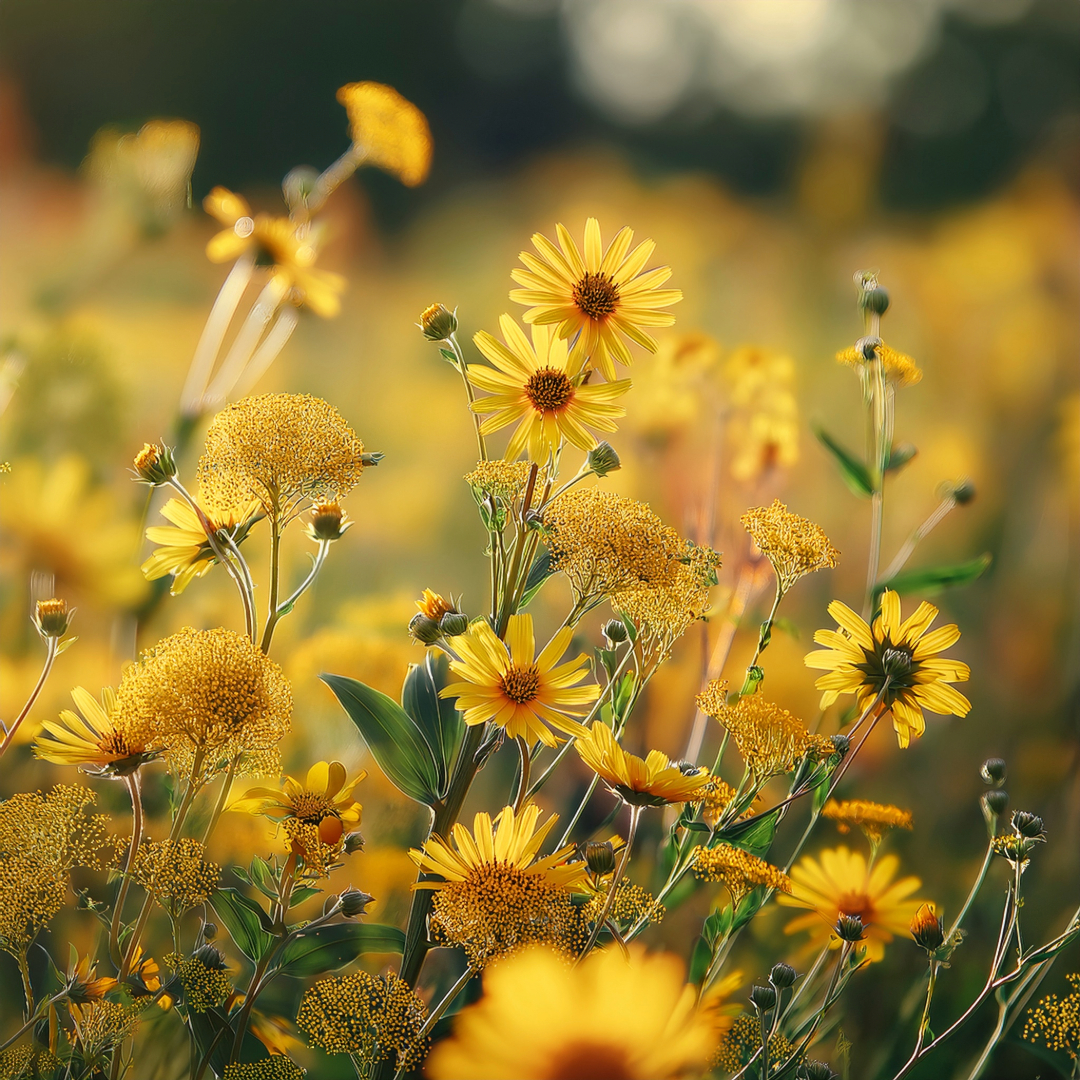
Return on 07 July to crack the code of London’s most deceptive wildflowers!
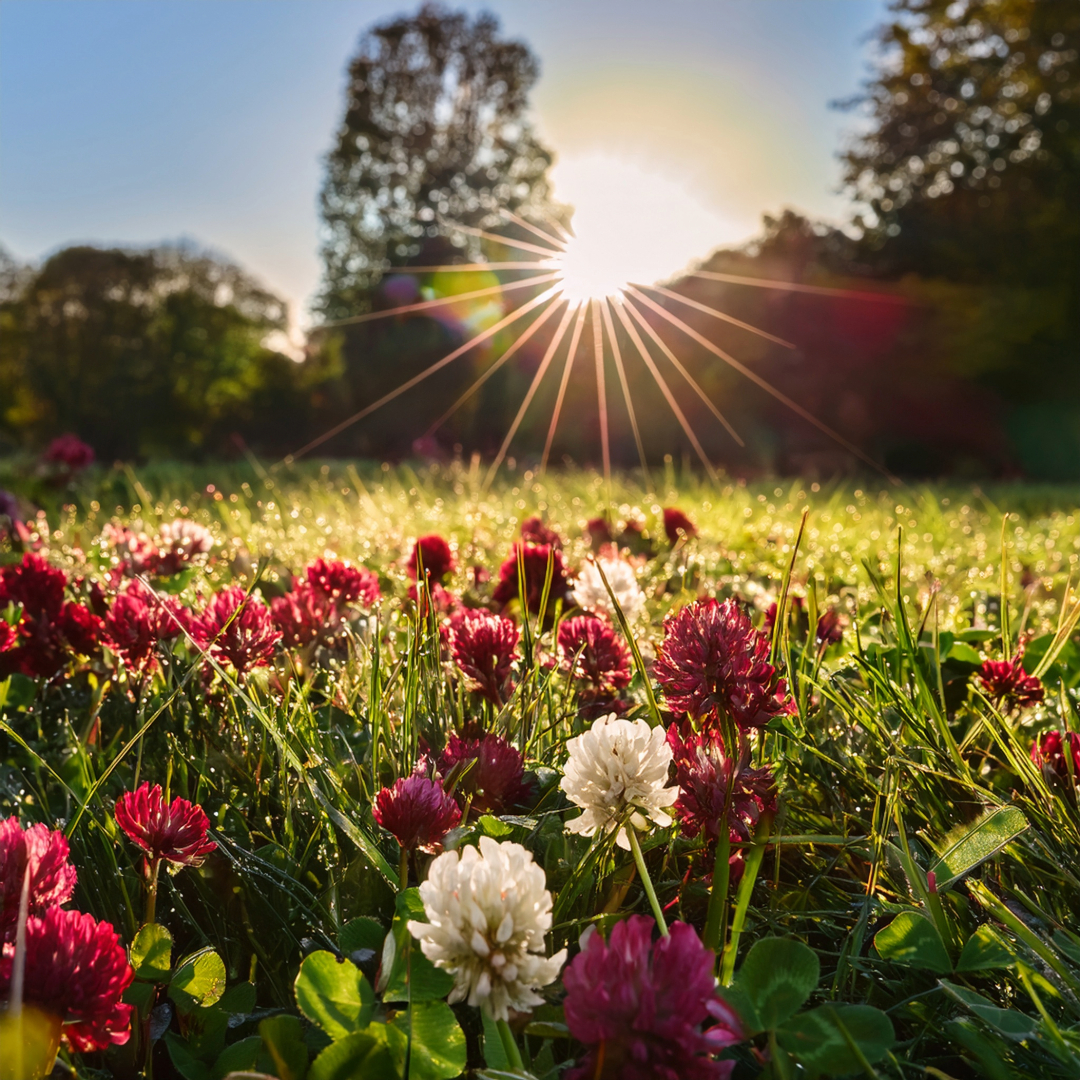
Return on 08 July to uncover the folklore and forgotten science of London’s wild clovers!
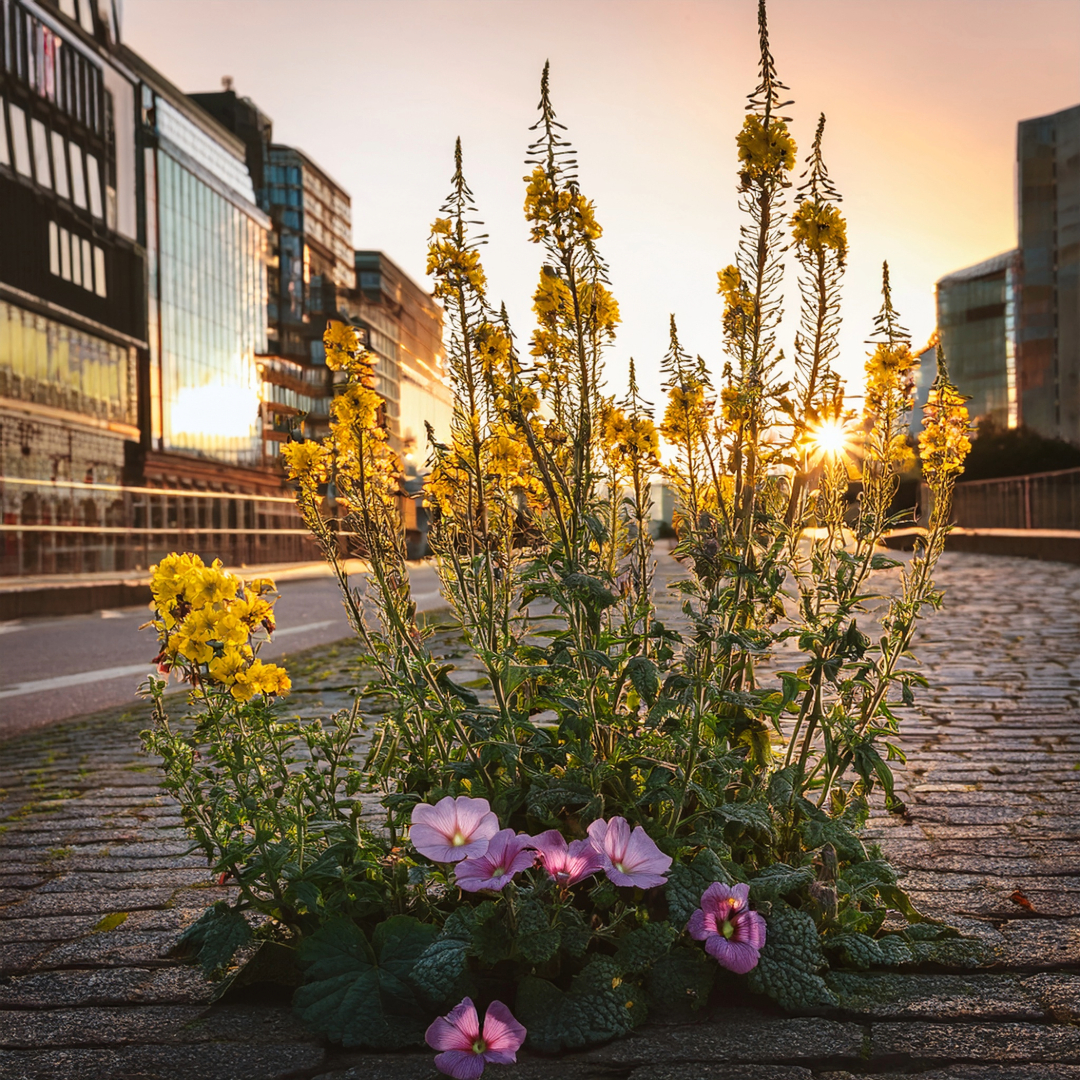
Return on 09 July to explore the secrets of London’s most rebellious wildflowers!
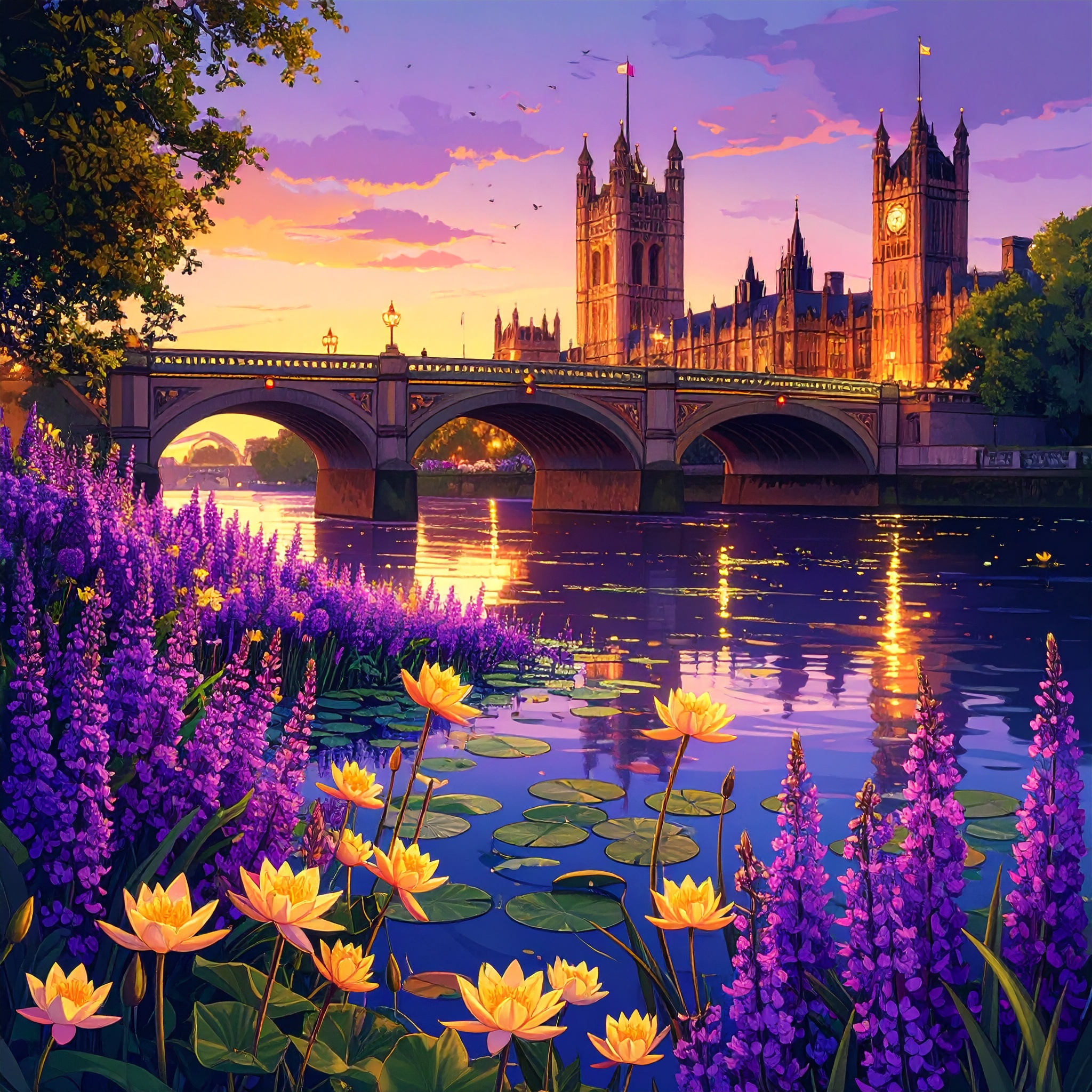
This month, London’s waterways and woodlands burst into life with dazzling flowers—from explosive Himalayan balsams to deadly hemlock water dropwort. But that’s just the beginning. Return on 10 July to uncover rare bog-dwelling carnivorous plants, floating water soldiers, and the mysterious Martagon lily lurking in ancient woods. Don’t miss the secrets of London’s wildest blooms!
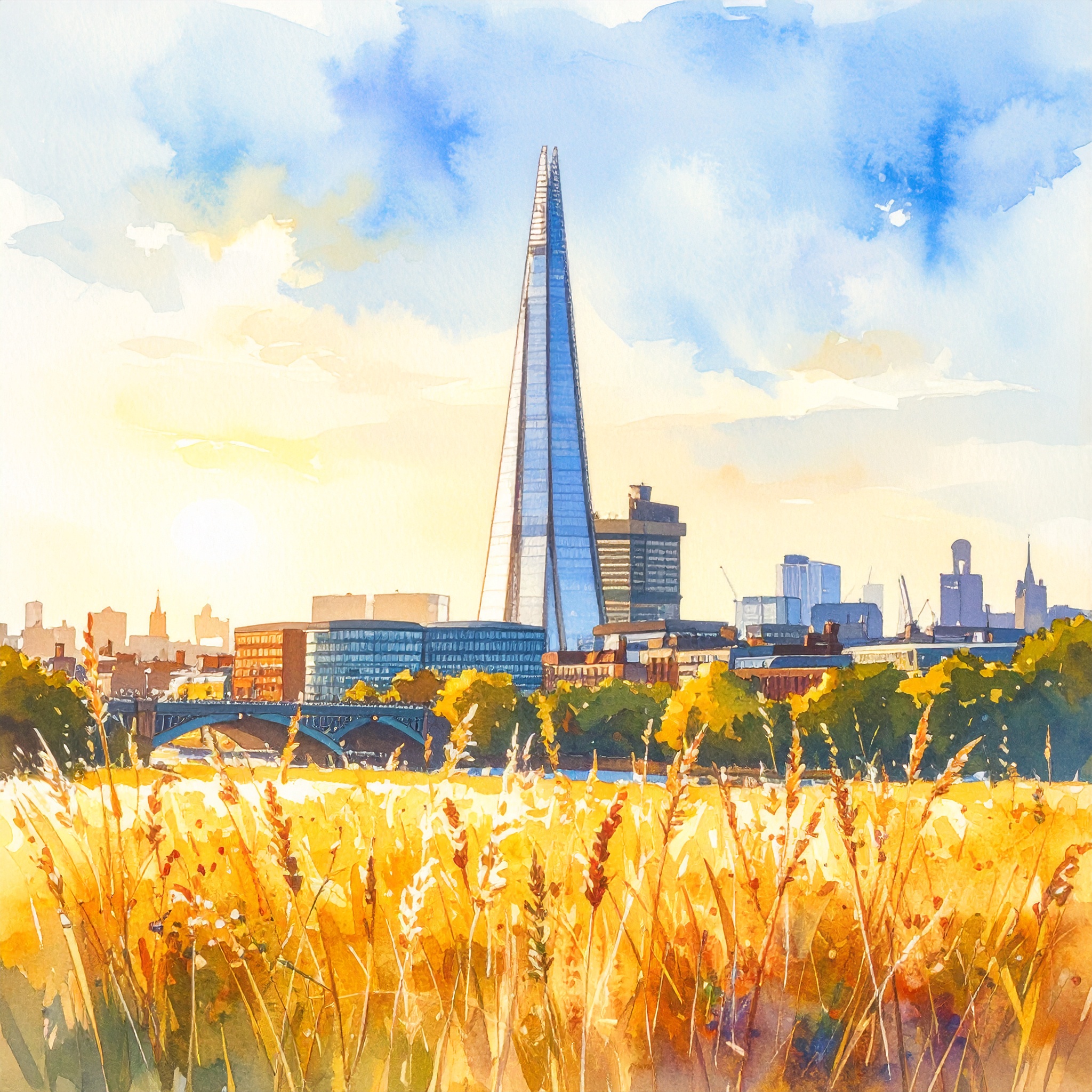
This month, London’s meadows, woodlands, and riverbanks come alive with the subtle beauty of grasses—from quivering Quaking Grass to towering False Oat. But there’s more to discover. Return on 11 July to uncover the secrets of foxtails, bromes, and rare mountain invaders like Mat Grass, and learn why some species shiver in the breeze while others stand stiff as soldiers. Don’t miss nature’s most overlooked masterpiece!
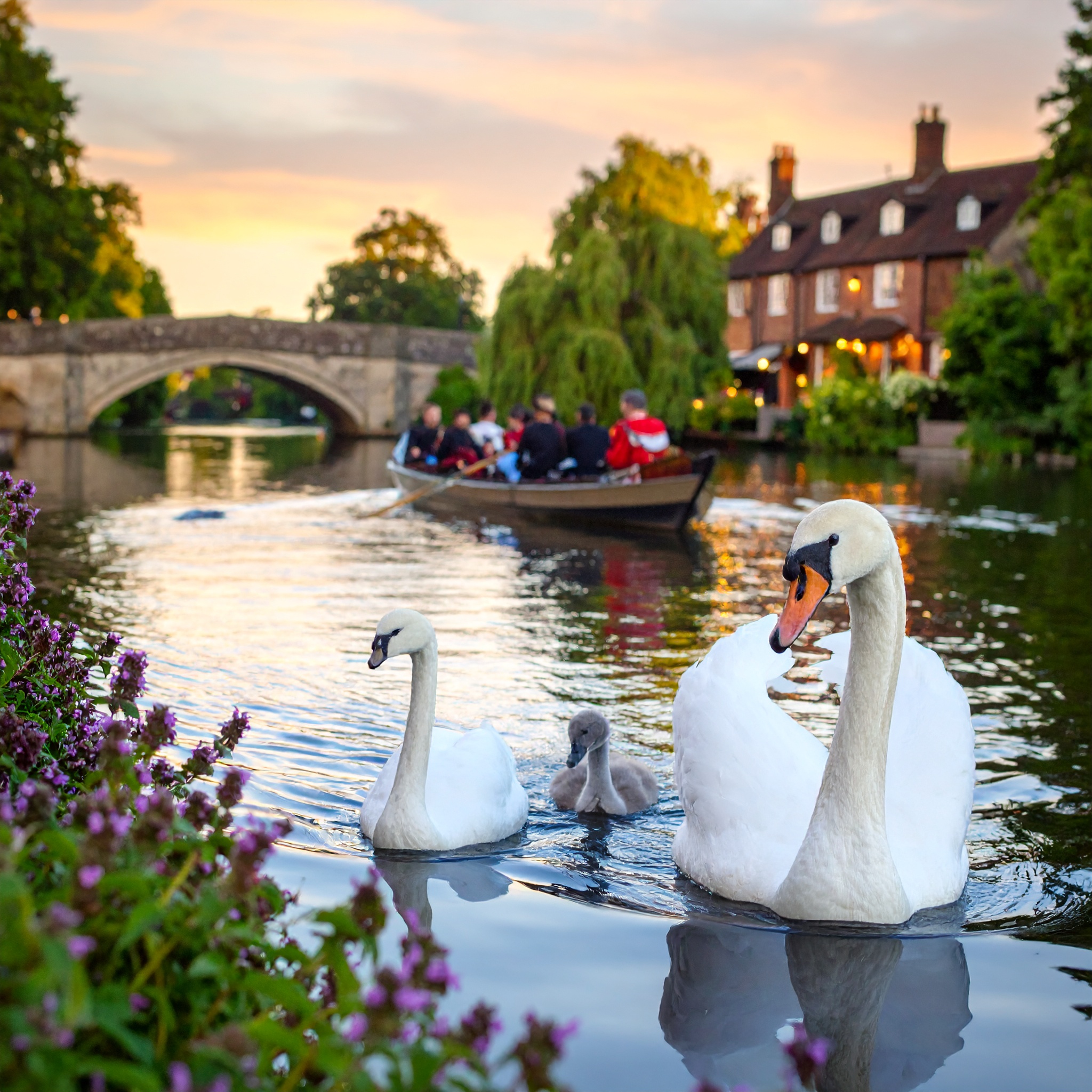
This week, the Thames comes alive with a centuries-old royal tradition: Swan Upping, where cygnets are marked for the Crown and ancient livery companies. But that’s just the beginning. Return on 12 July to uncover the forgotten healing herbs of London—woundworts that staunched medieval bloodshed, calamints that warded off mythical basilisks, and the city’s rarest plant, the jewel-like cut-leaved germander. Don’t miss this blend of history and botany!
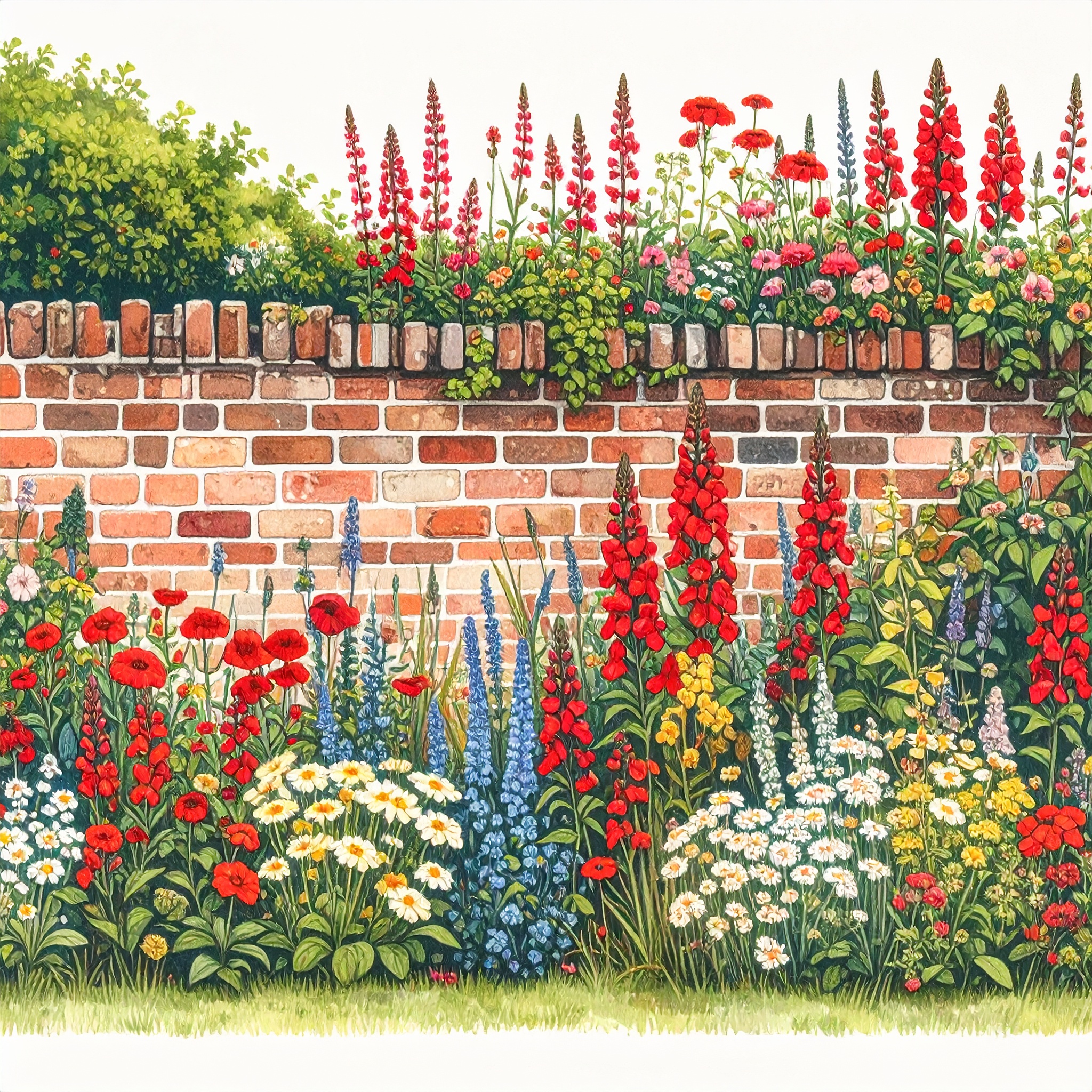
This month, London’s ancient hedgerows burst into life—crimson hedge woundwort blooms like miniature orchids, wild roses entwine with crab apples, and bladder campions sway in the breeze. But look closer: crumbling walls hide even more wonders, from fiery stonecrop to rogue snapdragons painting the brickwork wine-red. Return on 13 July to explore these untamed corridors where medieval field patterns still whisper—and discover why toads allegedly prefer the shade of certain flowers.
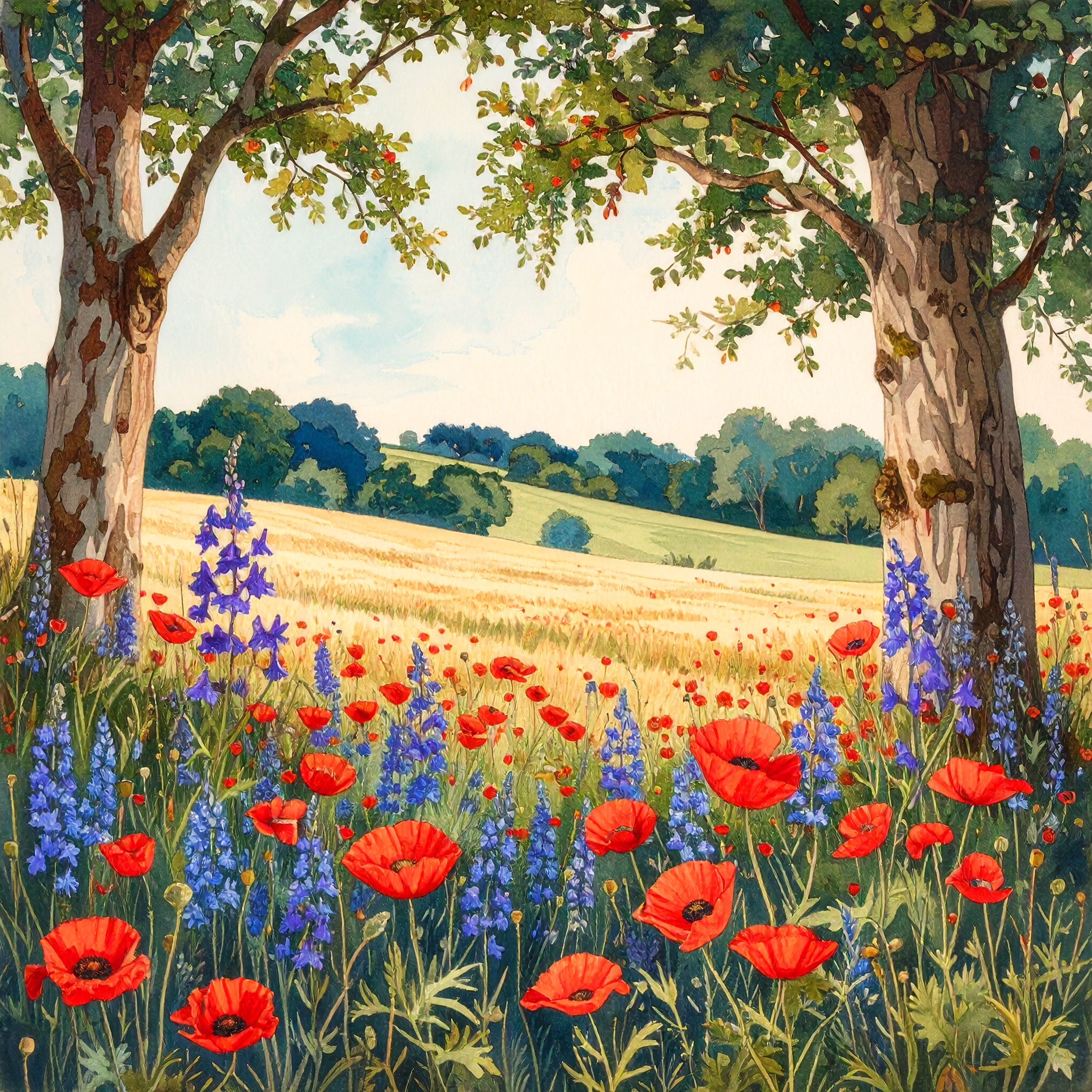
Before herbicides, July fields near London blazed scarlet with poppies, blue with cornflowers, and pink with corncockles—a lost spectacle now clinging to life in forgotten chalky corners. But hidden among today’s golden monotony, rare survivors whisper of the past: pheasant’s eye, glowing like Adonis’s blood, and elusive orchids that mimic bees or glow ghostly violet in ancient woods. Return on 14 July to uncover these vanishing wonders—and the mythic marsh helleborines that intoxicate wasps with their beauty.
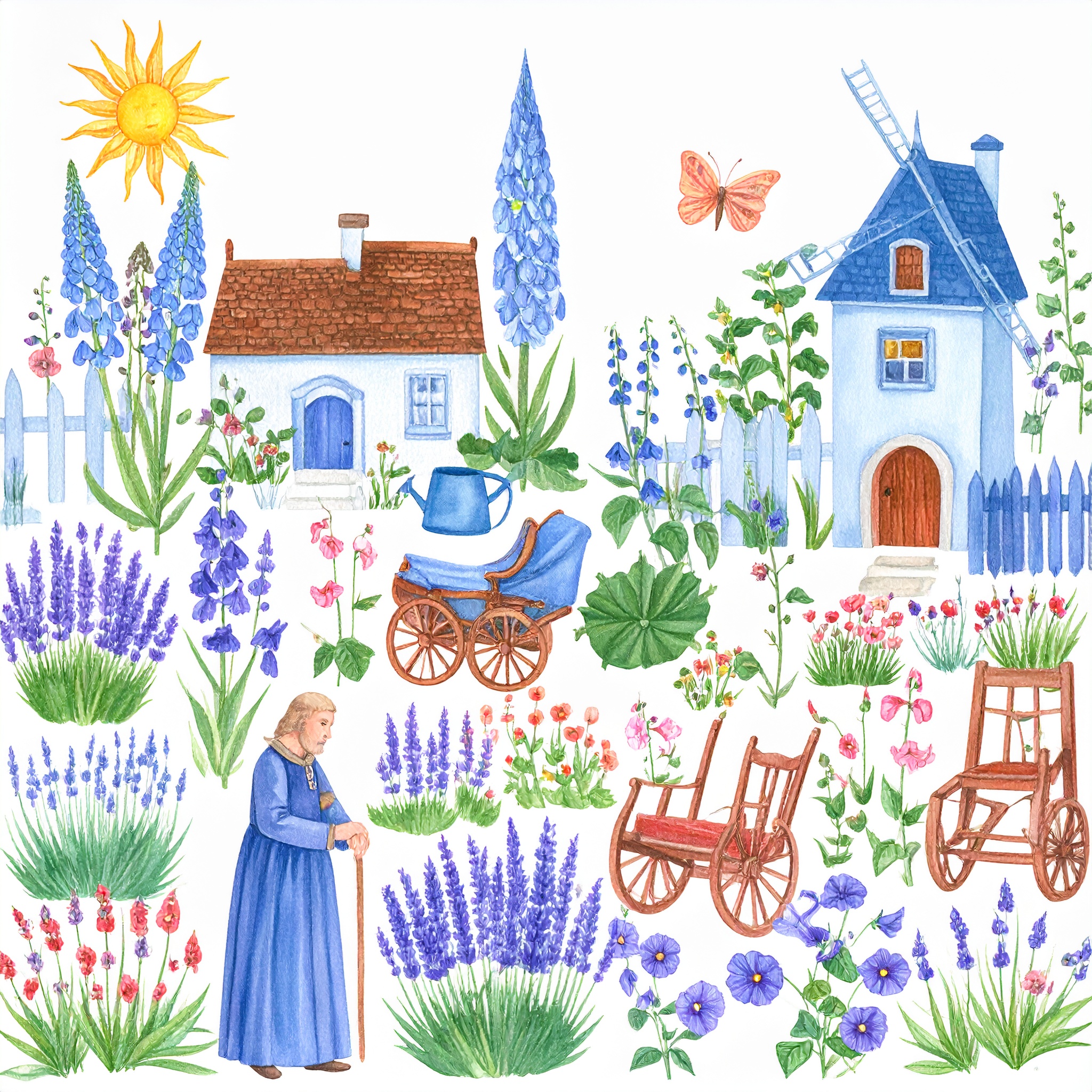
This month, London’s gardens explode with color—but behind every petal lies a wild story. Discover how Crusaders smuggled hollyhocks in their saddles, why a Sicilian monk sparked Britain’s sweet pea obsession, and how Victorian "lily hunters" braved avalanches to bring back towering regal lilies. Return on 15 July to uncover the rogue botanists, stolen seeds, and floral espionage that shaped the city’s gardens—including the phantom "Miss Wilmott’s Ghost" that still haunts Chelsea today.
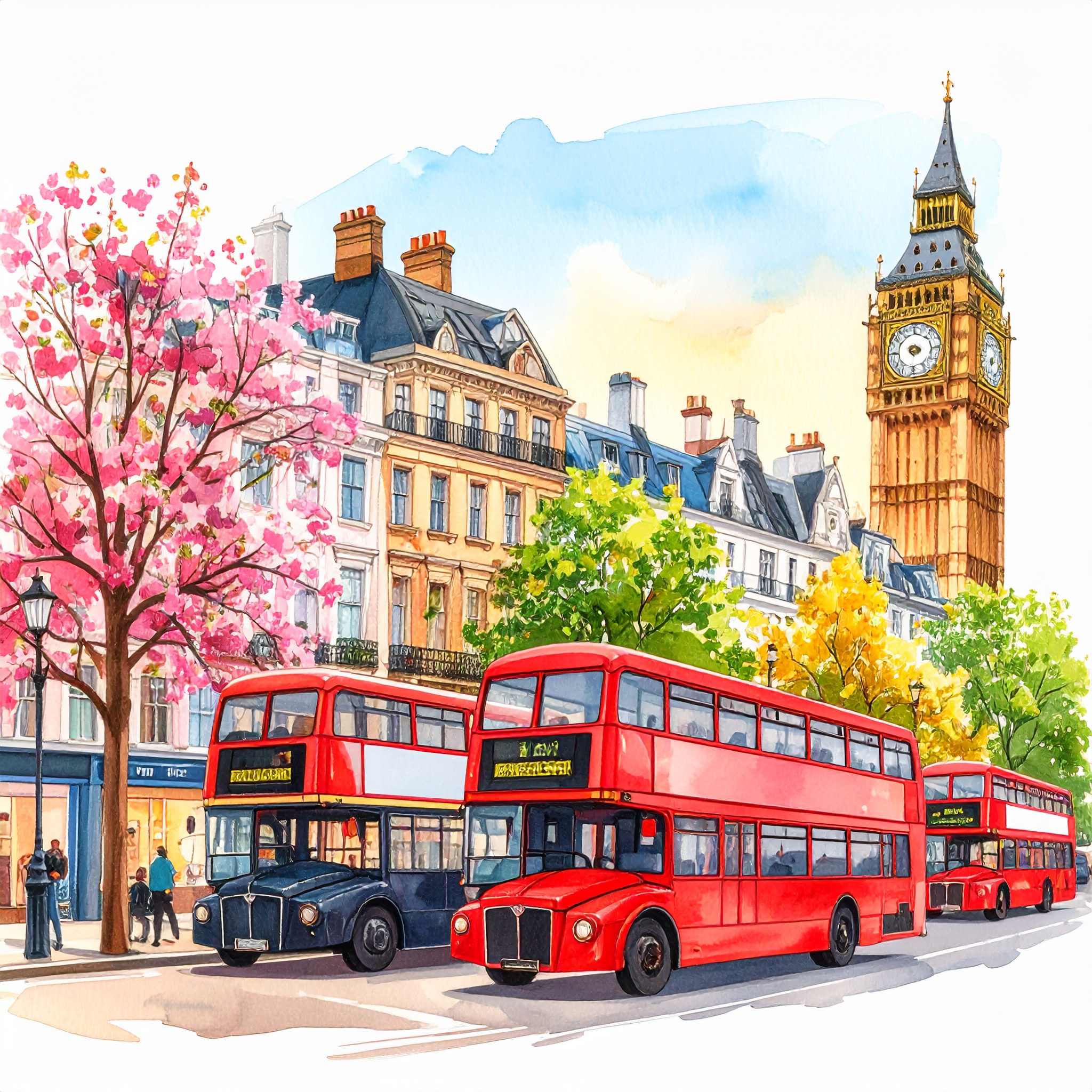
🌳 Return on 16 July for a full exploration of London’s summer trees — a celebration of the city’s leafy life in full bloom.
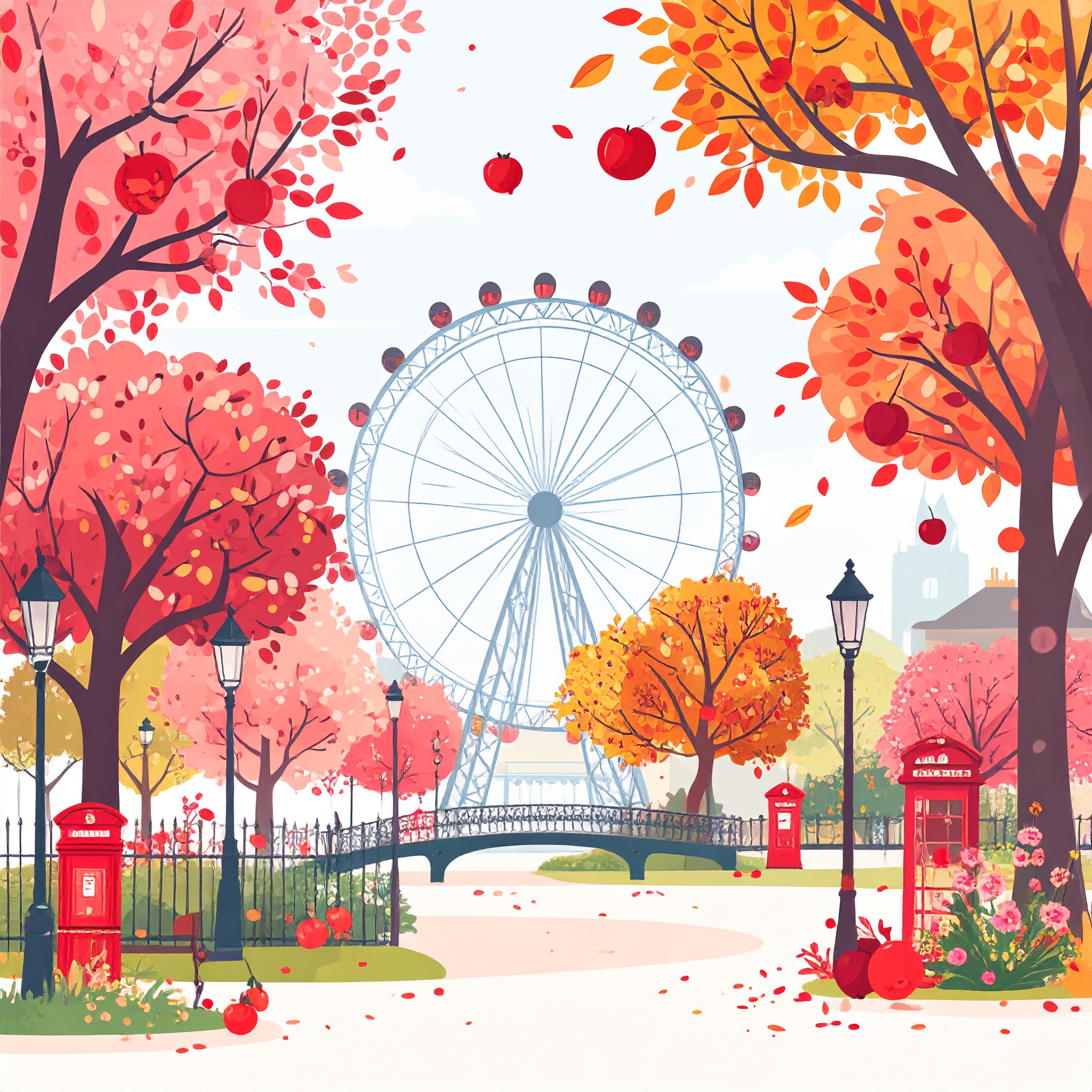
🌿 Return on 17 July to explore the quieter beauty of London’s midsummer trees and shrubs — a moment of transition, rich with colour, scent, and folklore.
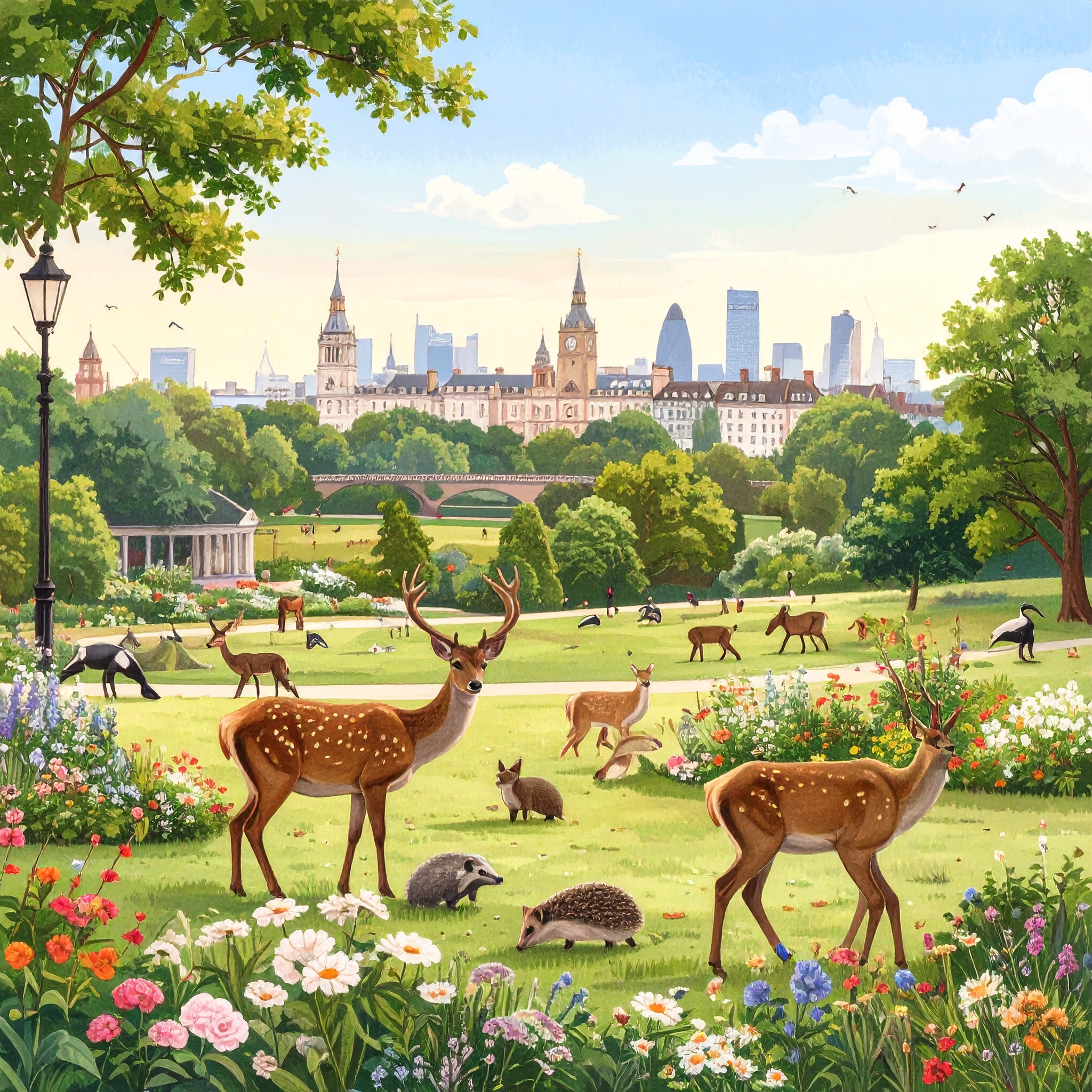
🦊 Return on 18 July to discover the secret lives of London’s mammals — from the drama of deer rutting rings in Richmond Park to the quiet rustle of hedgehogs in Bushy Park. It’s a fleeting moment of abundance and activity, not to be missed.
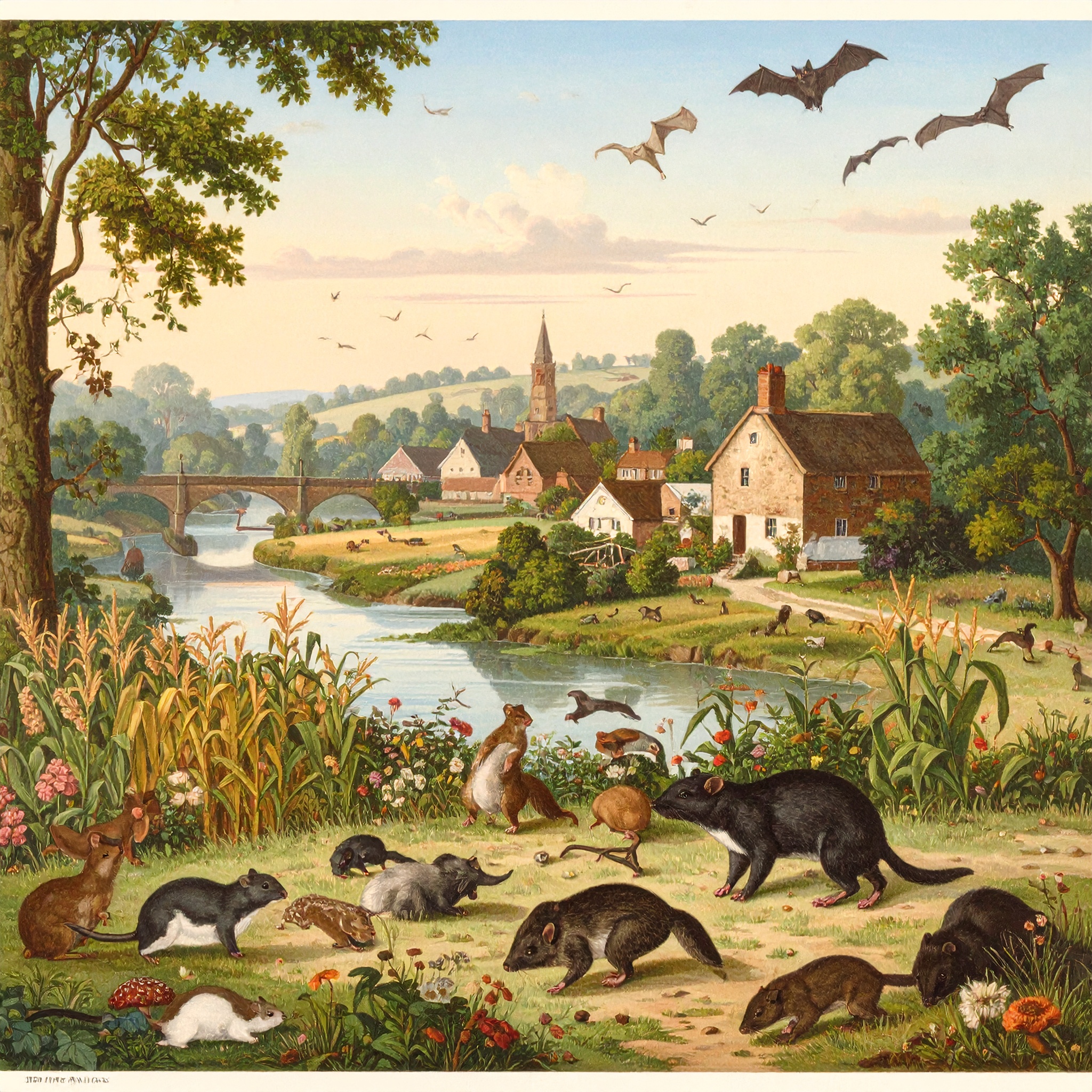
🐾 Return on 19 July to uncover the quieter, often overlooked creatures of London’s wild spaces — from the elusive water shrew to the torch-lit ballet of bats over the Thames. It’s a rich, fleeting moment in the city’s natural calendar.
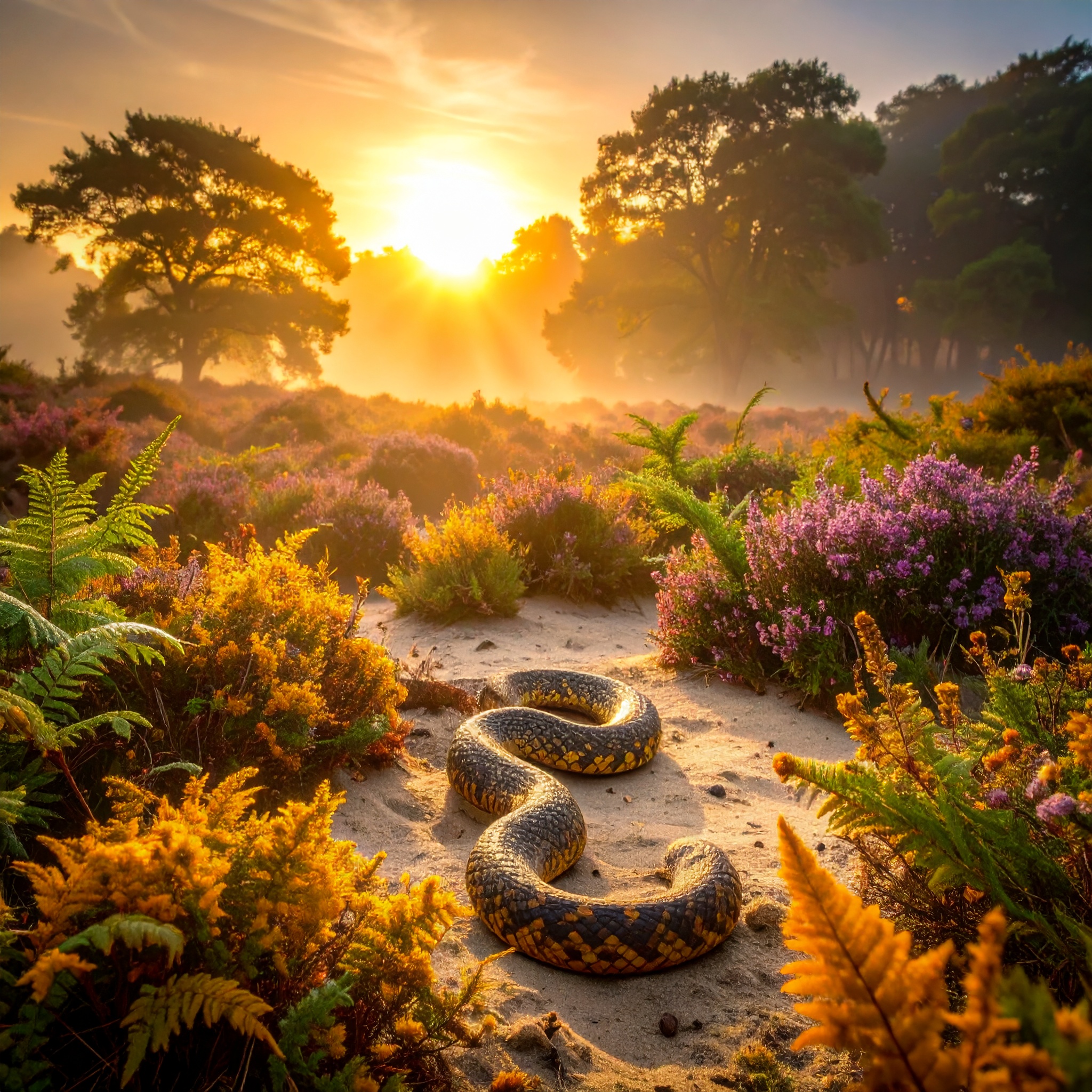
Did you know London’s heaths hide venomous adders—or that grass snakes hiss but can’t bite? Discover the secret lives of the city’s reptiles, from gold-speckled lizards to "dancing" adders steeped in folklore. Plus, uncover why riverbeds bubble with methane and which ponds erupt in emerald algae. Return July 20 to explore the wild side of the capital—where slow-worms coil, toads rain from the sky, and tench fish "cure" toothaches. Don’t miss it!
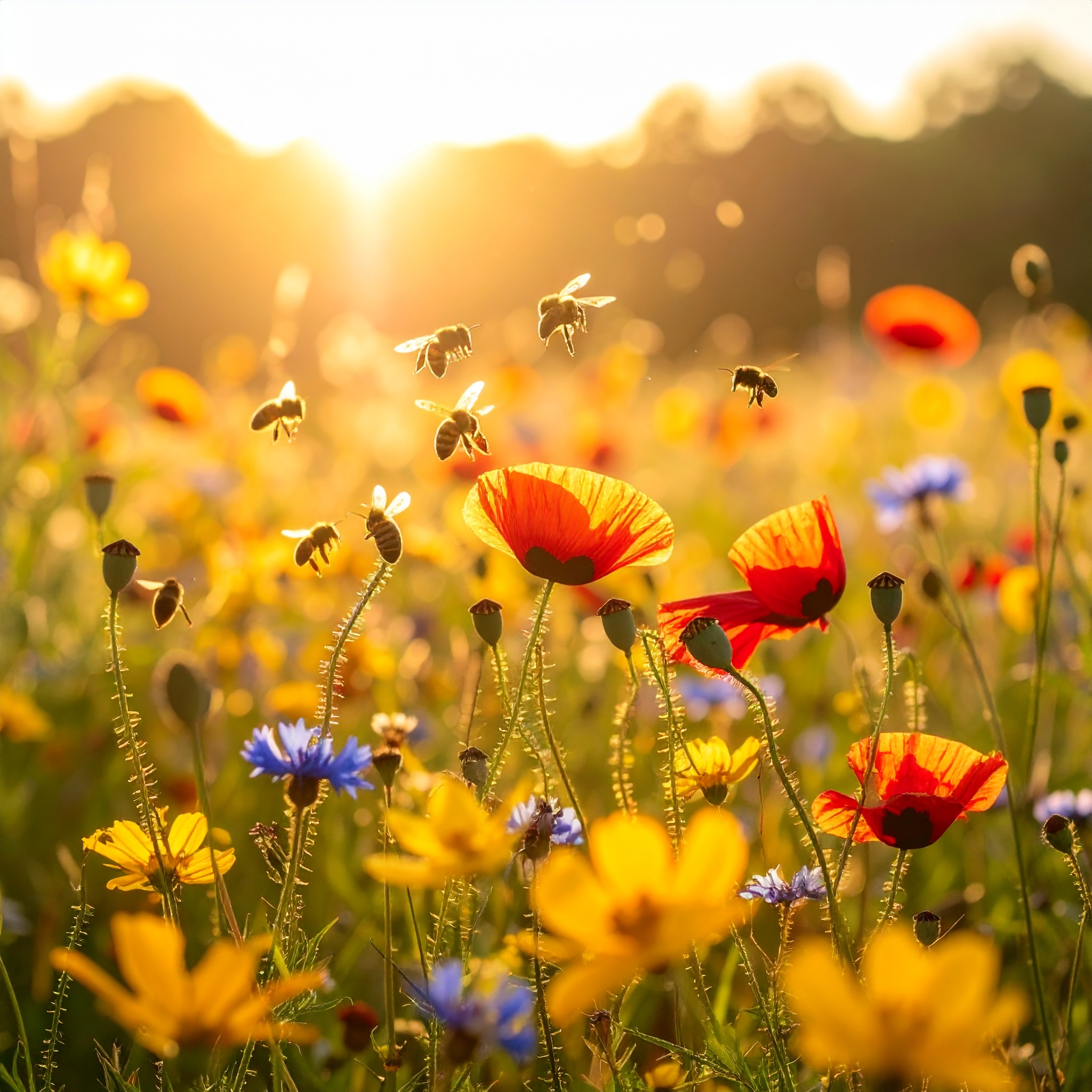
From fiery poppies to piercing chicory blue, July paints London in its wildest hues—yet why is it called "the silent month"? Discover meadows dusted in lavender anthers, gardens ablaze with irises and hollyhocks, and the secret gloss of young birds’ feathers. Then, listen closely: the hum of bees in linden trees, the rasp of grasshoppers on sun-baked downs, and the eerie dusk howl of a vixen calling her cubs. Return July 21 to explore the capital’s vibrant palette and hidden summer soundscape. The city’s wild side awaits!
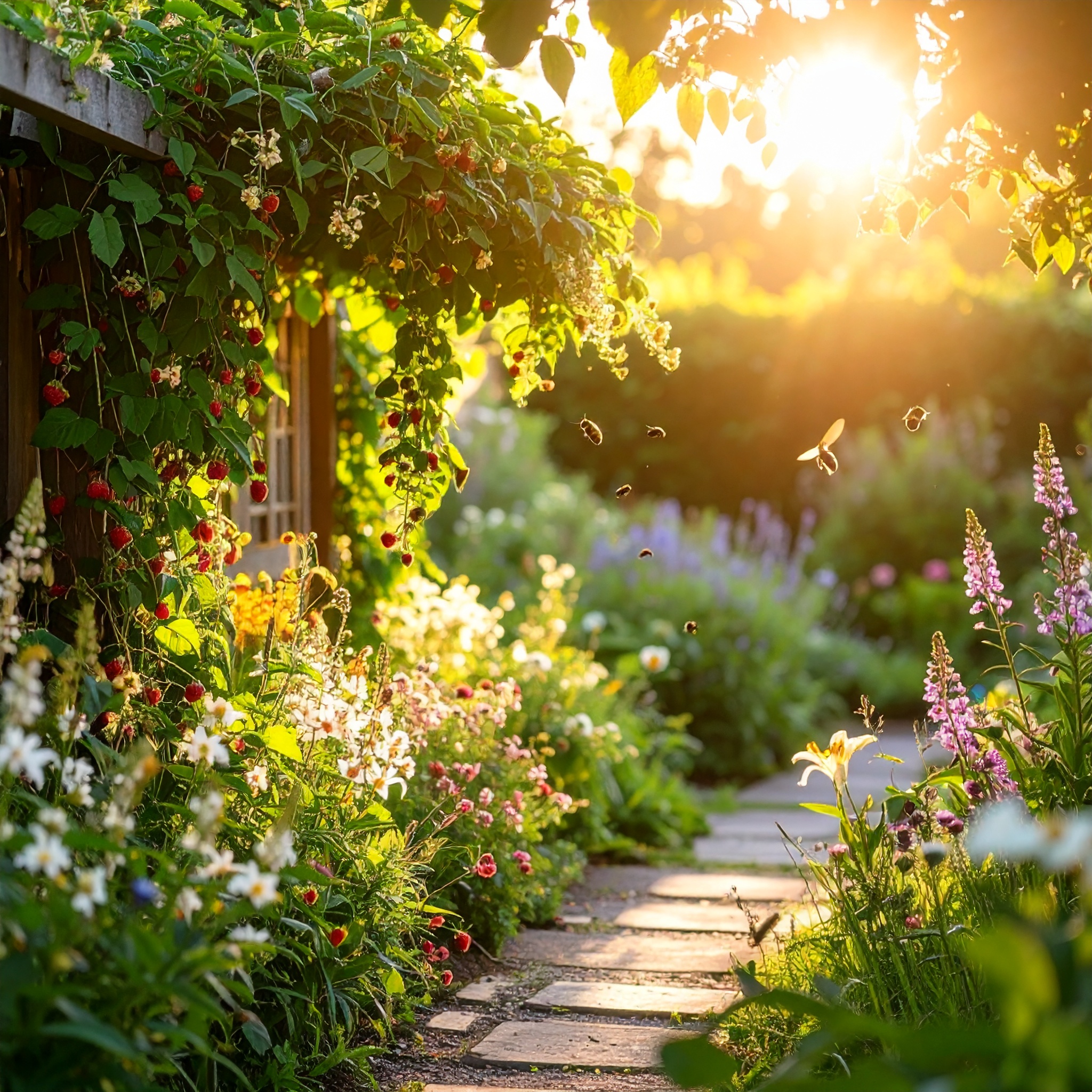
Did you know London’s wild strawberries smell like musk, or that medieval pilgrims stuffed mugwort in their shoes for comfort? This month, the city’s air is thick with vanilla-scented traveller’s joy, clove-scented orchids, and the intoxicating indole of lilies—so potent it’s used in perfumery. Yet not all fragrances are sweet: fool’s parsley reeks of mice, while some umbellifers smell of petrol and nutmeg. Return July 22 to uncover the hidden aromas of London’s gardens, meadows, and wild hedgerows—where every sniff tells a story.
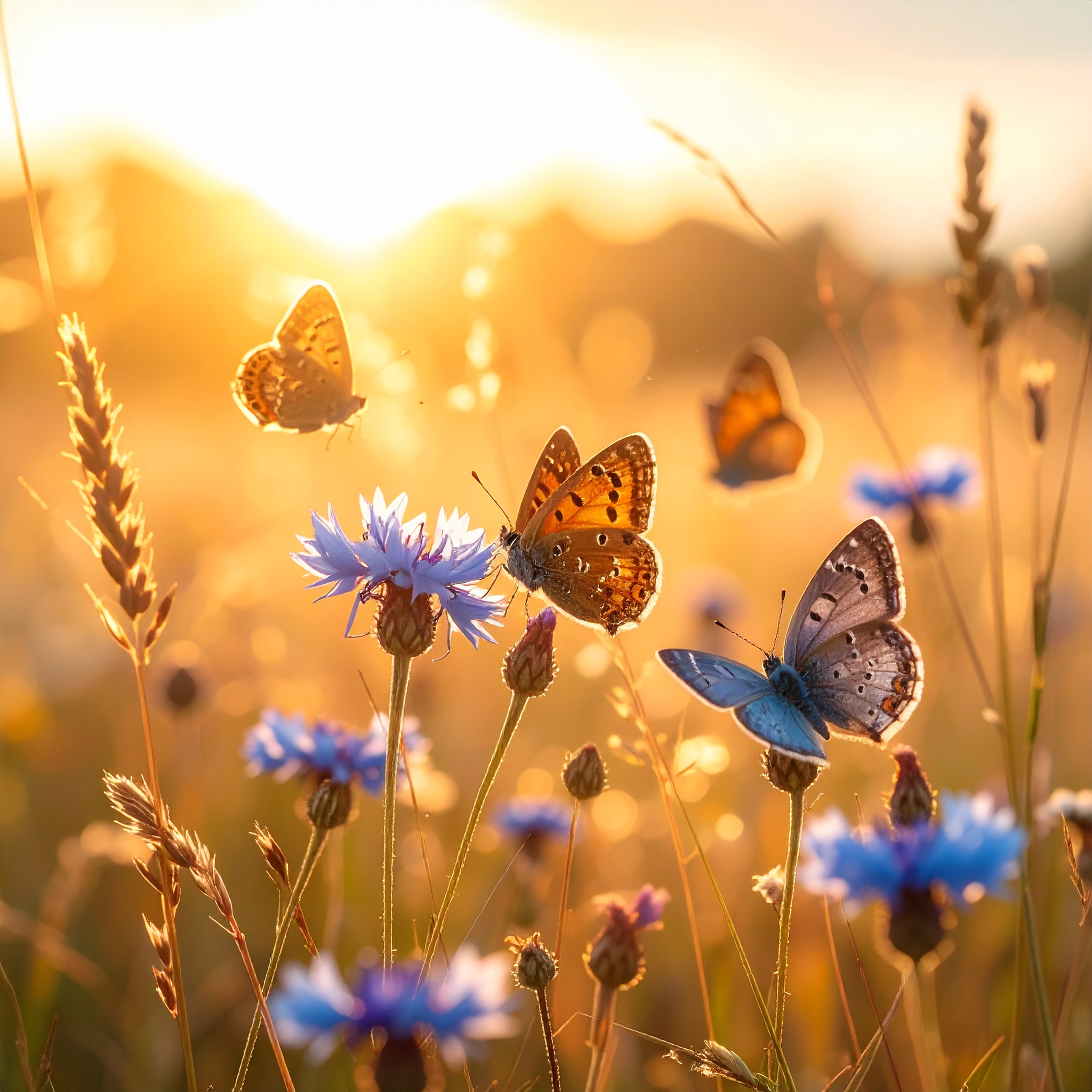
Did you know July is peak butterfly season in London? From clouds of chalk hill blues on Ranmore Common to the delicate silver-studded blue, the capital’s meadows and reservoirs come alive with wings. Spot fresh second broods of commas and tortoiseshells, distinguish lookalike skippers, and learn why Victorian enthusiasts once boarded special trains just to witness these aerial dances. Return July 23 for your guide to finding half of Britain’s species—including the elusive Essex skipper—before summer slips away.
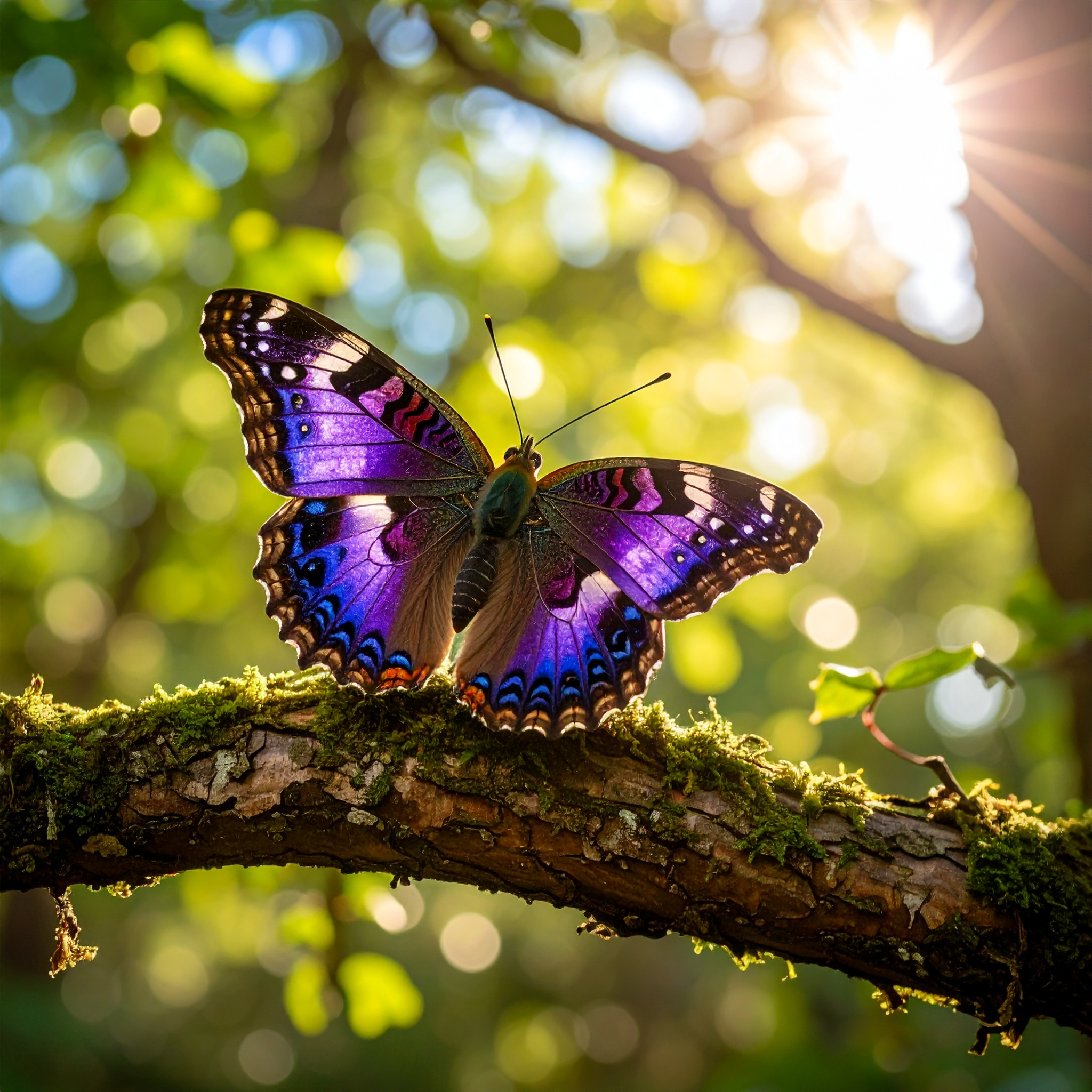
Did you know London still hosts the mythical purple emperor, a butterfly so rare its "master trees" are closely guarded secrets? Or that male brown argus blues smell like chocolate? Discover where to spot electric-blue Adonis blues, elusive white-letter hairstreaks in Trent Park, and the dark green fritillary’s dice-box wings. Return July 24 for a guide to London’s rarest summer butterflies—including Victorian tricks to lure emperors with fox dung!
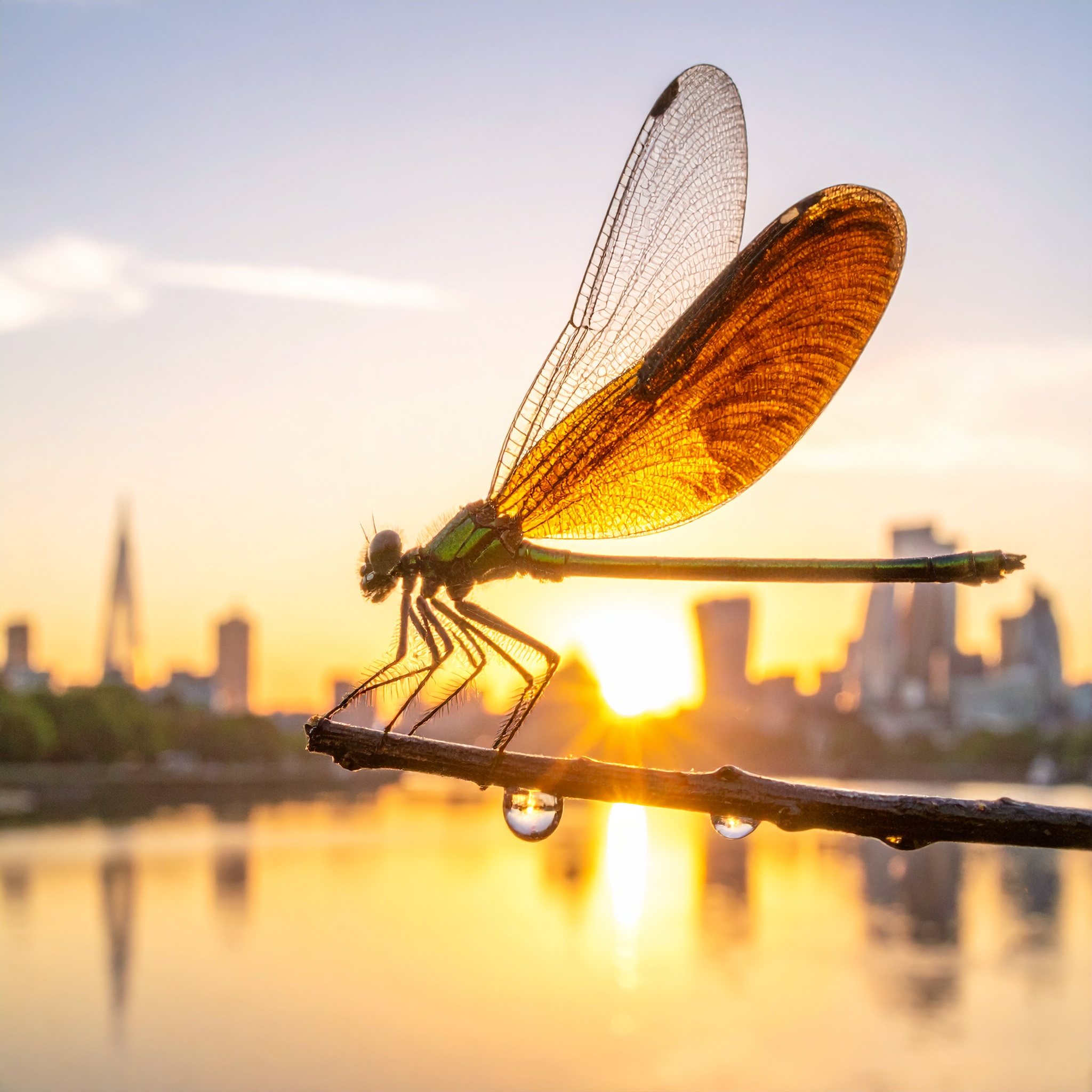
Did you know dragonflies ruled the skies when dinosaurs walked the earth? This July, London’s wetlands come alive with these aerial acrobats—from iridescent demoiselles performing courtship dances to migrating swarms so dense they resemble drifting snow. Discover where to spot emerald damselflies mating underwater for 30 minutes, and why male dragonflies often attack each other mid-air. Return July 25 to unravel the secrets of these prehistoric predators still patrolling our ponds today.
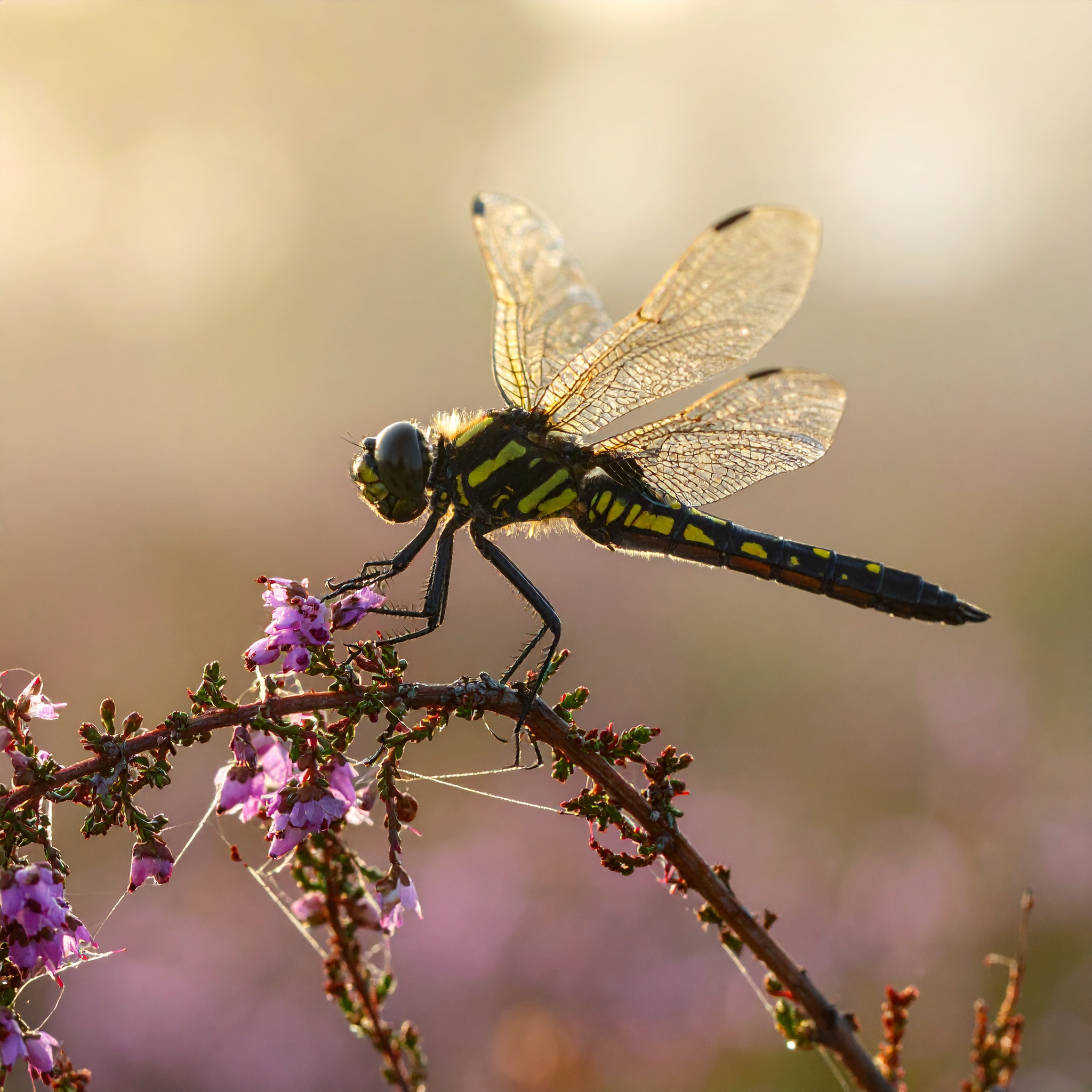
Did you know some dragonflies inspect humans like curious aliens, while others strike an ‘obelisk pose’ to avoid overheating? This month, London’s wetlands host sky-blue emperors, crimson ruddy darters, and the rare golden-ringed dragonfly—a heathland giant with striped armour. Learn why southern hawkers stalk woodland rides and how to tell migrant from brown hawkers (hint: check their fluff!). Return July 26 to master the art of dragonfly ID—before summer’s aerial ballet ends.
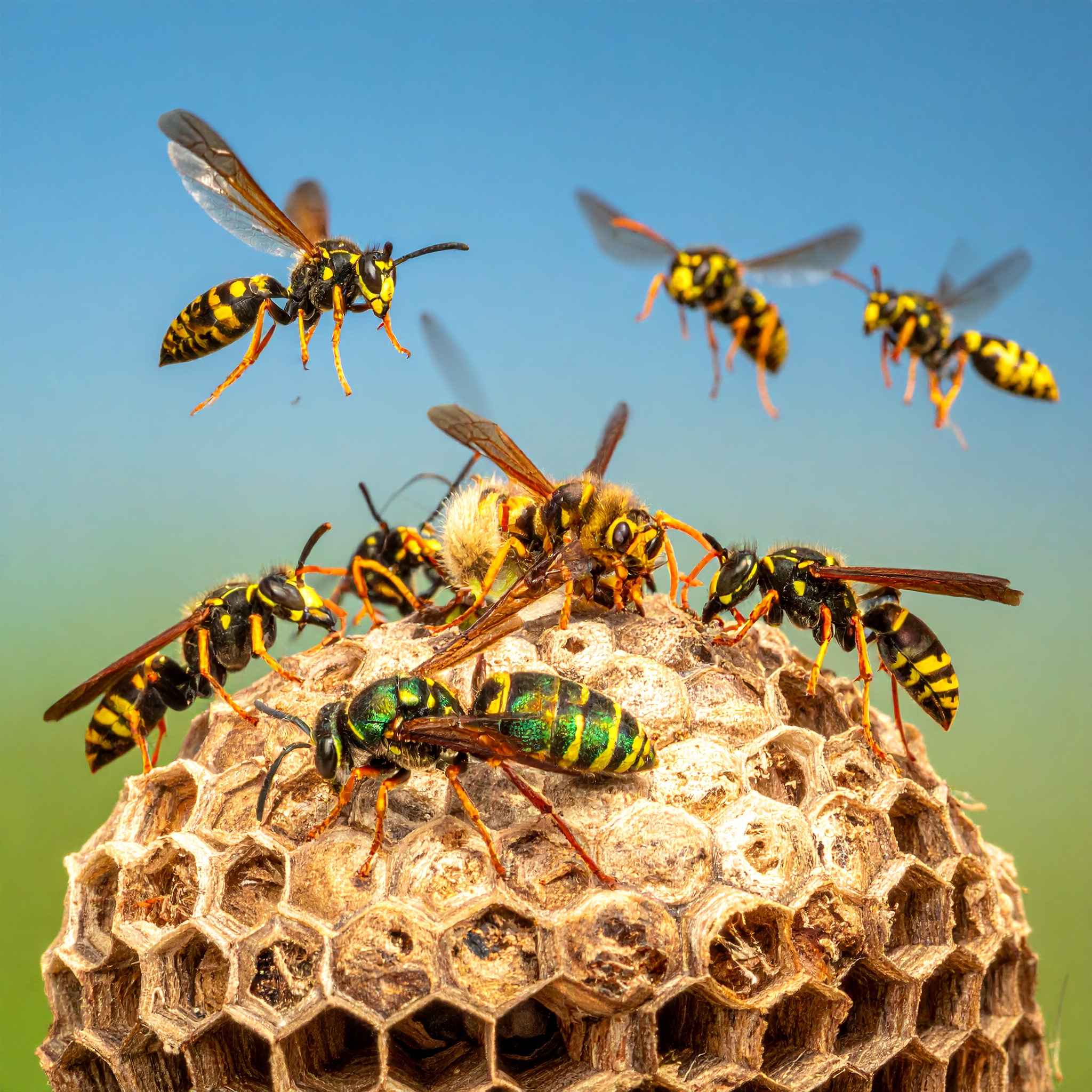
Did you know London’s pavements hide ant queens biting off their own wings? Or that wool carder bees line their nests with mullein fluff, while ruby-tailed wasps—nature’s jewel thieves—sneak into mason wasp nests? Discover hornets that decapitate butterflies, slave-maker ants, and tiny gall wasps emerging from oak apples. Return July 27 to explore the capital’s most misunderstood architects, farmers and predators.
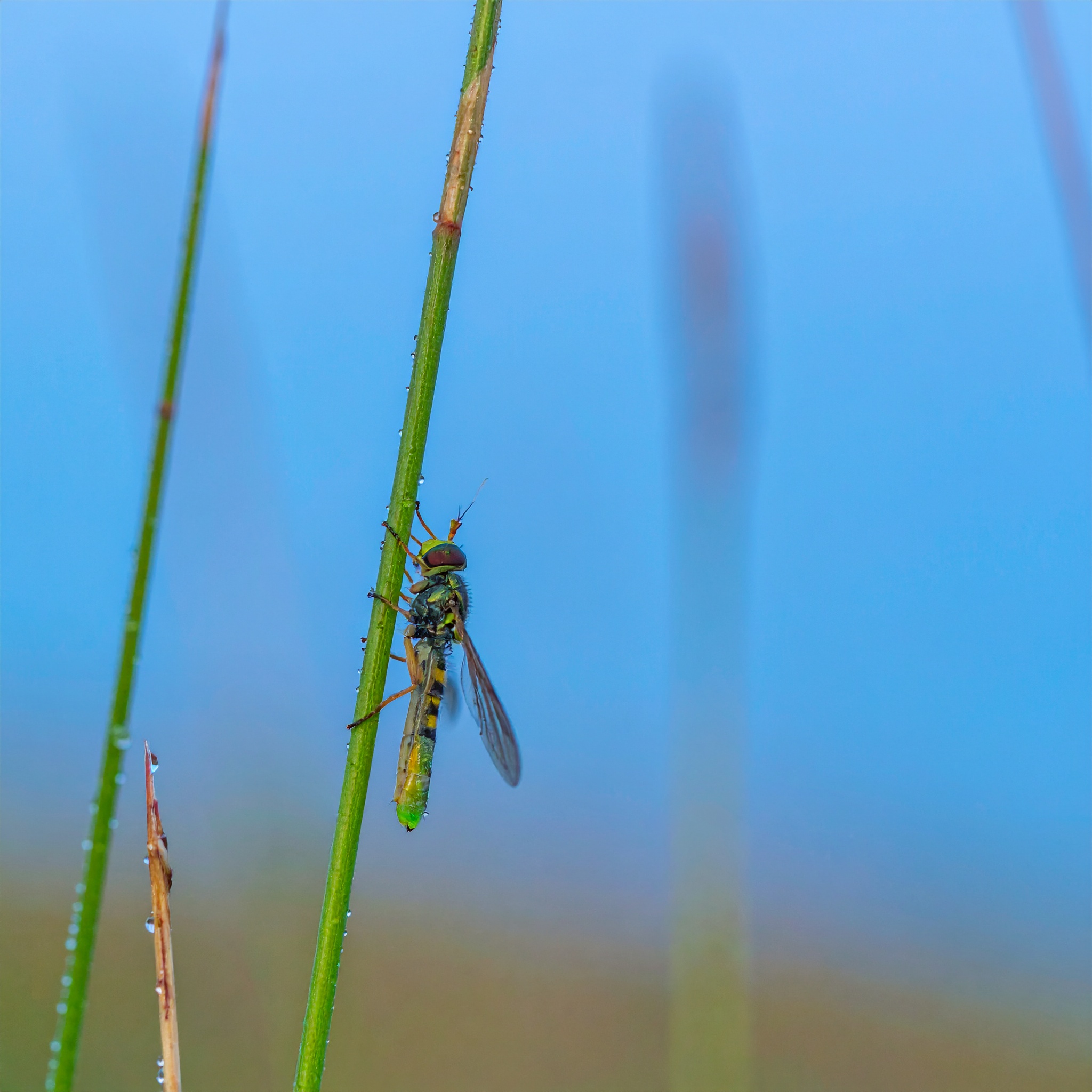
Did you know London has flies that turn horses’ stomachs into nurseries, and glow-worms that sparkle like fairy lights in Biggin Hill’s meadows? Discover why clegs deliver the most painful bite (invisible jaws!), how hoverflies perform aerial acrobatics, and which insect migrants swarm over the Thames looking like hornets. Return July 28 to explore the capital’s most bizarre flies—the good, the bad, and the glowing.
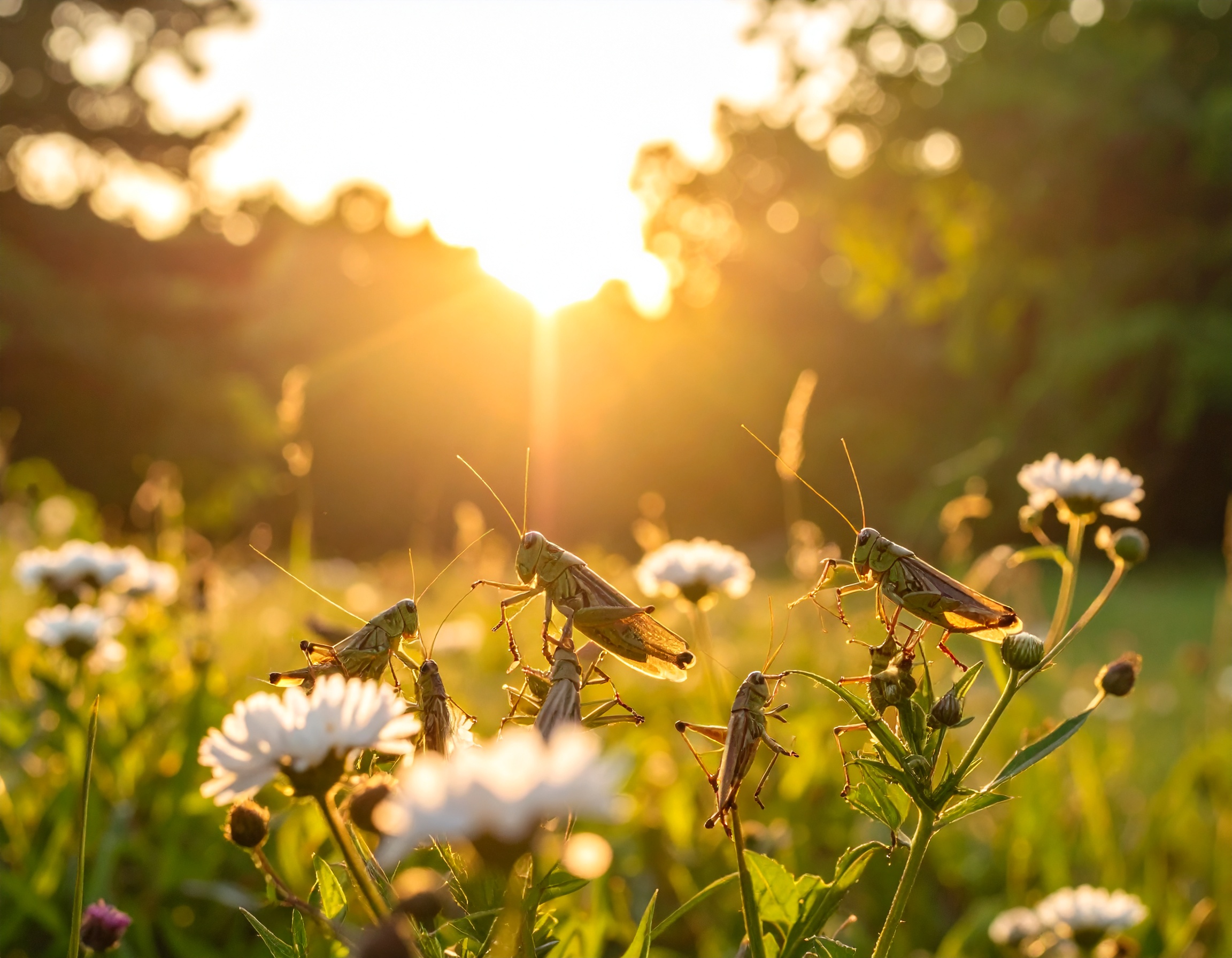
This summer, London’s green spaces are alive with a hidden orchestra—tiny musicians whose songs define the season. On July 29th, discover how grasshoppers, crickets, and coneheads create their enchanting melodies, from the meadow’s scratchy chirps to the bush cricket’s piercing serenades. Learn to decode their calls and uncover where to find these elusive performers across the city.
Don’t miss the full article—return on July 29th to tune into nature’s soundtrack!
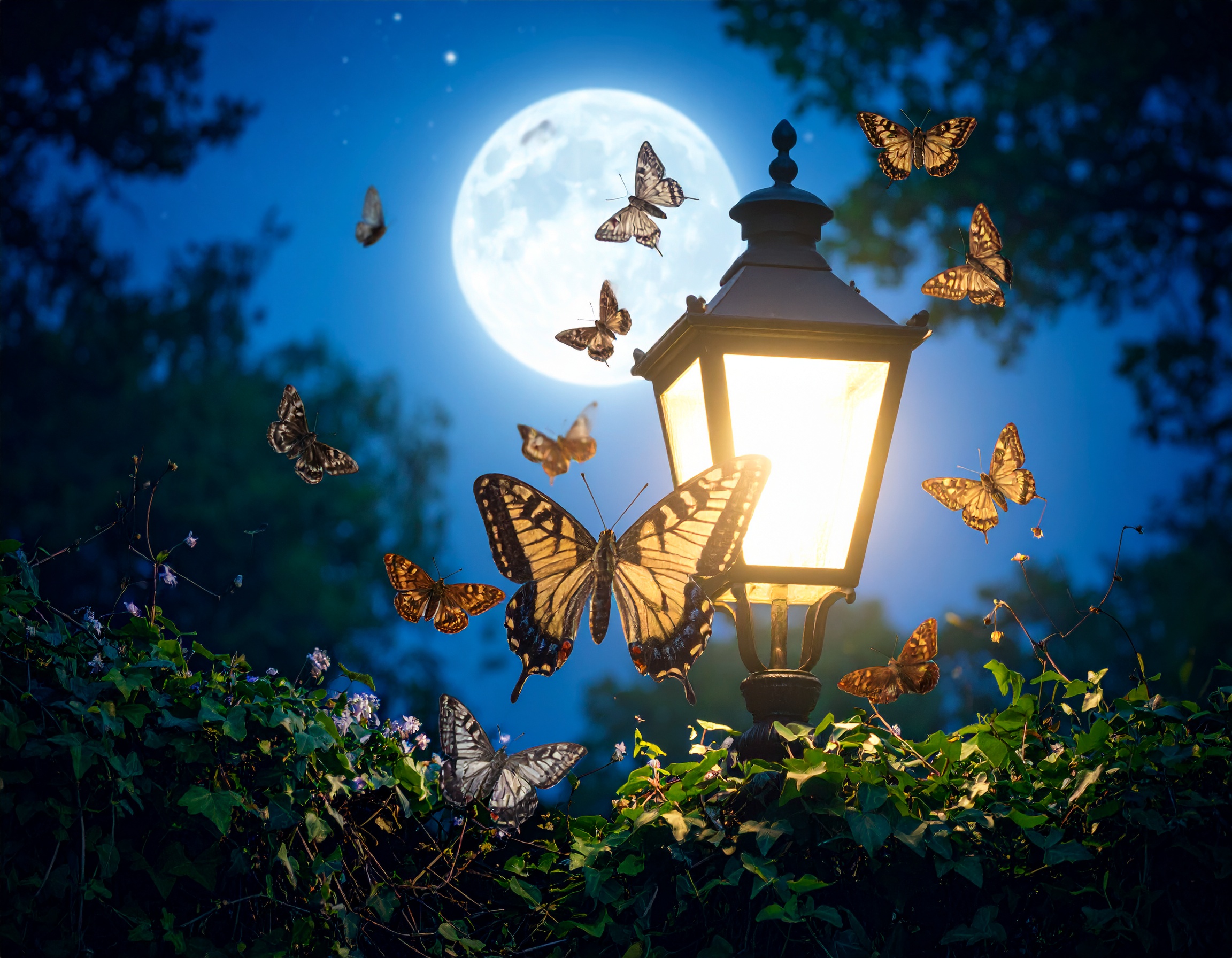
As dusk falls over London, a secret spectacle unfolds—tigers, ermines, and hawkmoths take flight, painting the night with silent grace. On July 30th, delve into the dazzling diversity of moths, from the Garden Tiger’s fiery wings to the hummingbird-like hover of the Hawkmoth. Discover where to spot these winged wonders, why some glow like emeralds, and how their survival hangs by a thread in the city’s shrinking wild spaces.
Return on July 30th to uncover the hidden lives of London’s most mysterious pollinators!
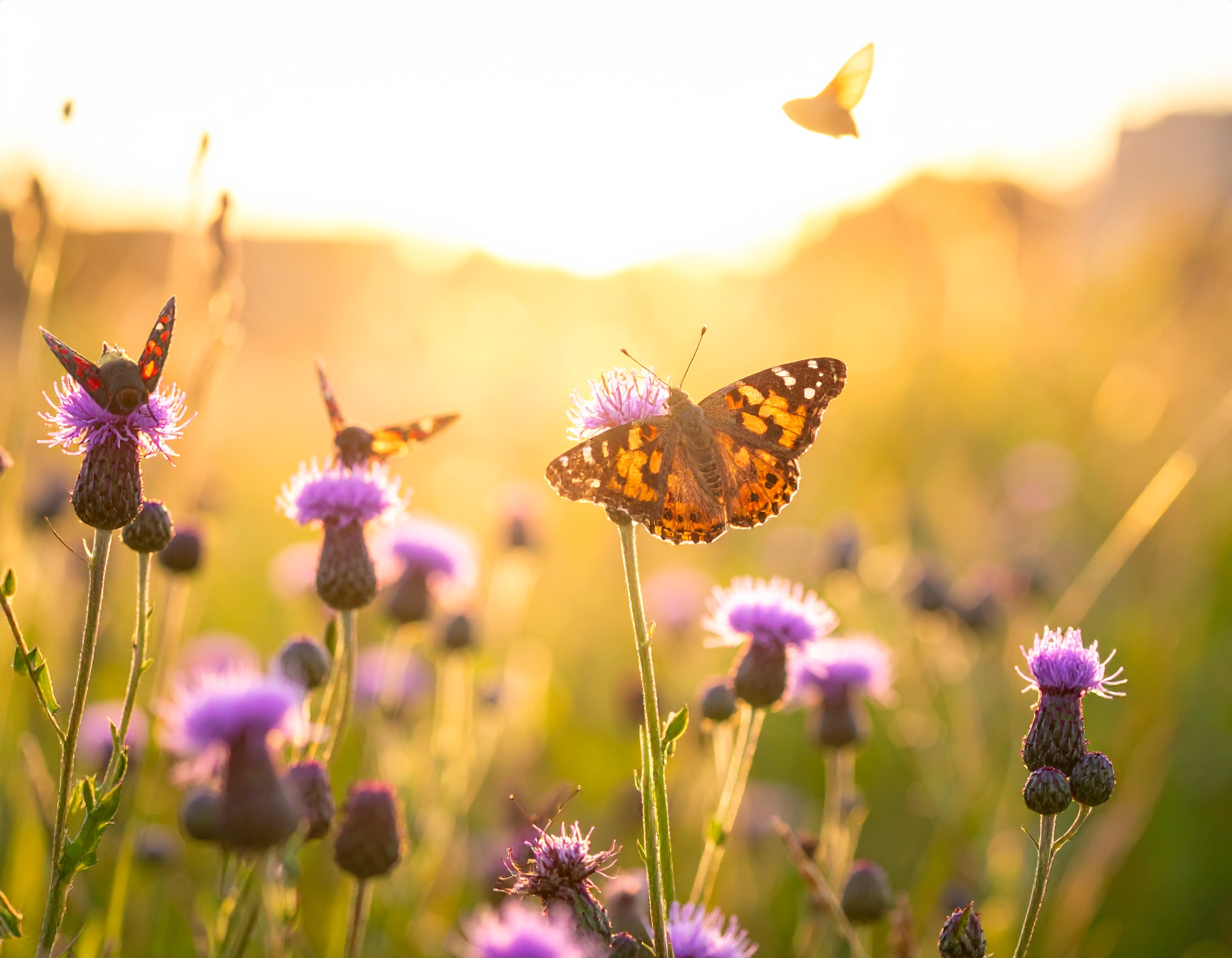
While butterflies steal the spotlight, London’s days hum with a quieter magic—vivid burnets, metallic plusias, and ghostly plume moths flitting through parks and alleys. On July 31st, meet the Six-spot Burnet’s claret wings, the Hummingbird Hawkmoth’s dizzying flight, and micromoths smaller than a fingernail. Learn why some moths mimic snuffboxes, others glow like brass, and where to find these tiny marvels before summer slips away.
Return on July 31st—your garden will never look the same again.